Editor’s Note: Bill and Denise Semion are members of LTV’s sponsored content team, The Leisure Explorers. Do you own a Leisure Travel Van and enjoy writing? Learn more about joining the team.
History-soaked and sun-kissed, the Florida Panhandle, a nearly 200-mile strip of land in the northwest part of the Sunshine State, offers miles of soft sandy beaches, cool ocean breezes, great seafood, and unforgettable sunsets along the Gulf of Mexico.
If you’re curious, and I hope you are, you might have also heard about the Emerald Coast and Forgotten Florida, two sections within the Panhandle. We explored these areas during a four-week vacation in Lucky Us, our 2015.5 LTV Unity MB.
Unforgettable, Forgotten Florida
The “Forgotten Coast” or “Forgotten Florida” refers to the last remaining remnant of pristine Gulf Coast beaches unspoiled by modern development within the Florida Panhandle. Charming, old-timey communities like Apalachicola, Alligator Point, Carrabelle, St. George Island, and Eastpoint boast this moniker.
Here’s a bit of quirky history of the area: it’s a tale of Tate’s Hell State Forest, a place you might pass along the way on US-98. According to legend, in 1875, local farmer Cebe Tate ventured into the swamp looking for a panther he believed was killing his livestock. Armed with just a shotgun, Tate and his hunting dogs got lost in the swamp for seven days and nights. Bitten by a snake and drinking swamp water, he made it to a clearing near Carrabelle. According to local lore, he muttered, “My name is Cebe Tate, and I just came from Hell” before he passed away. Ever since, Tate’s Hell has been known as a forbidden swamp. We have not stayed in or even visited Tate’s Hell State Forest, but you might.
St. George Island
Traveling west along the Big Bend Scenic Byway (US-98), take the five-mile bridge across Apalachicola Bay to immerse yourself in “island time” on St. George Island. This beautiful 28-mile barrier island boasts miles of soft sandy beaches.
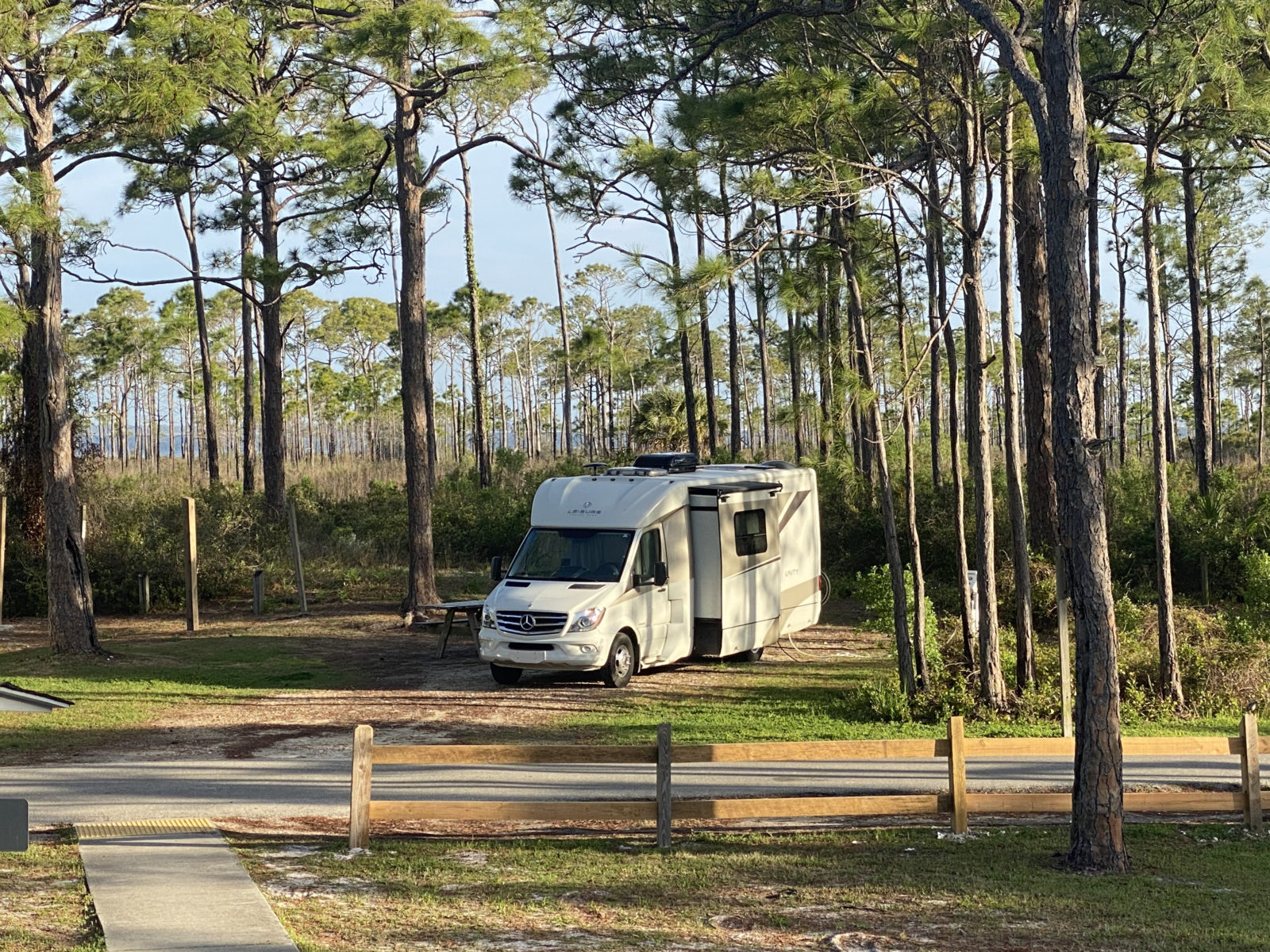
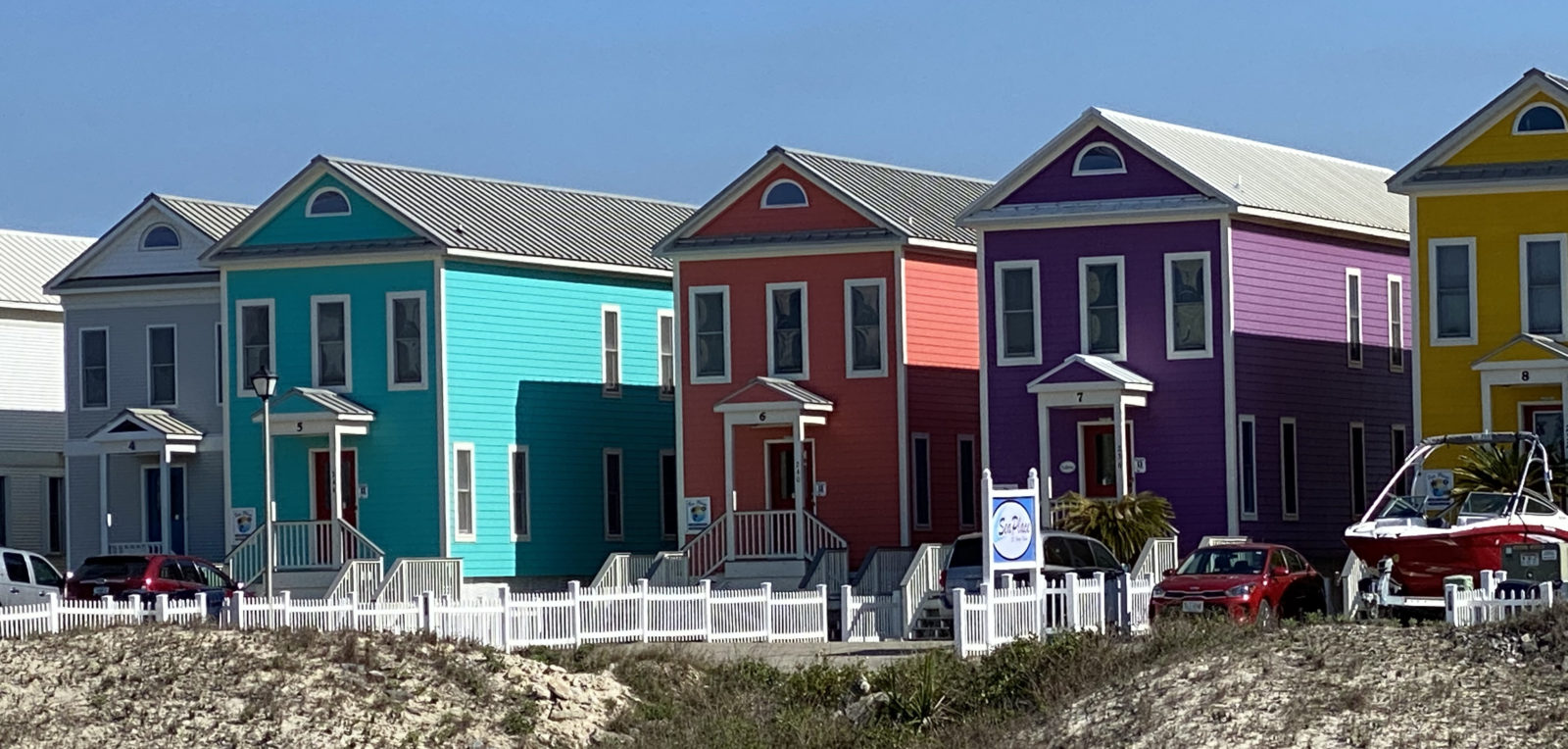
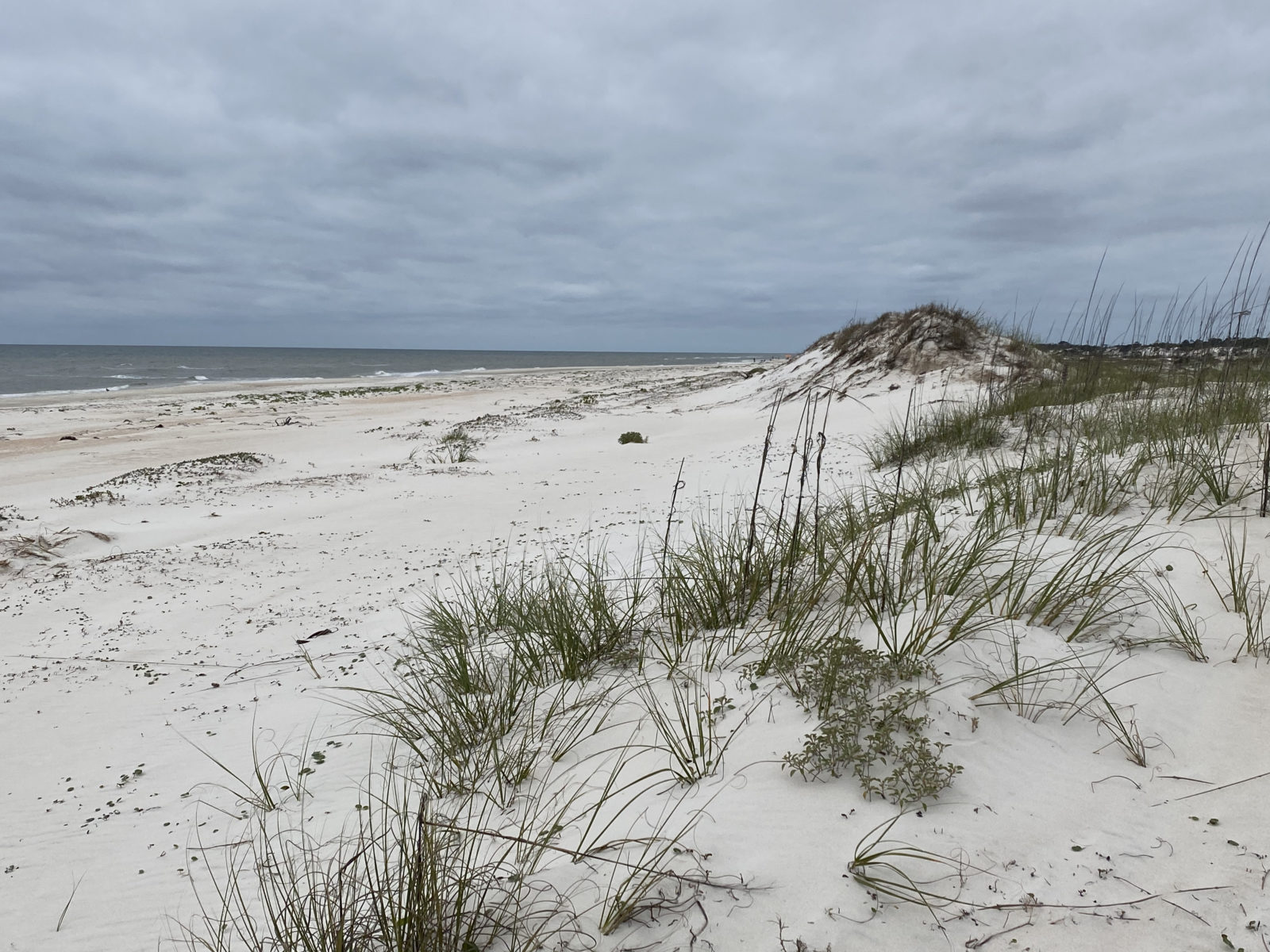
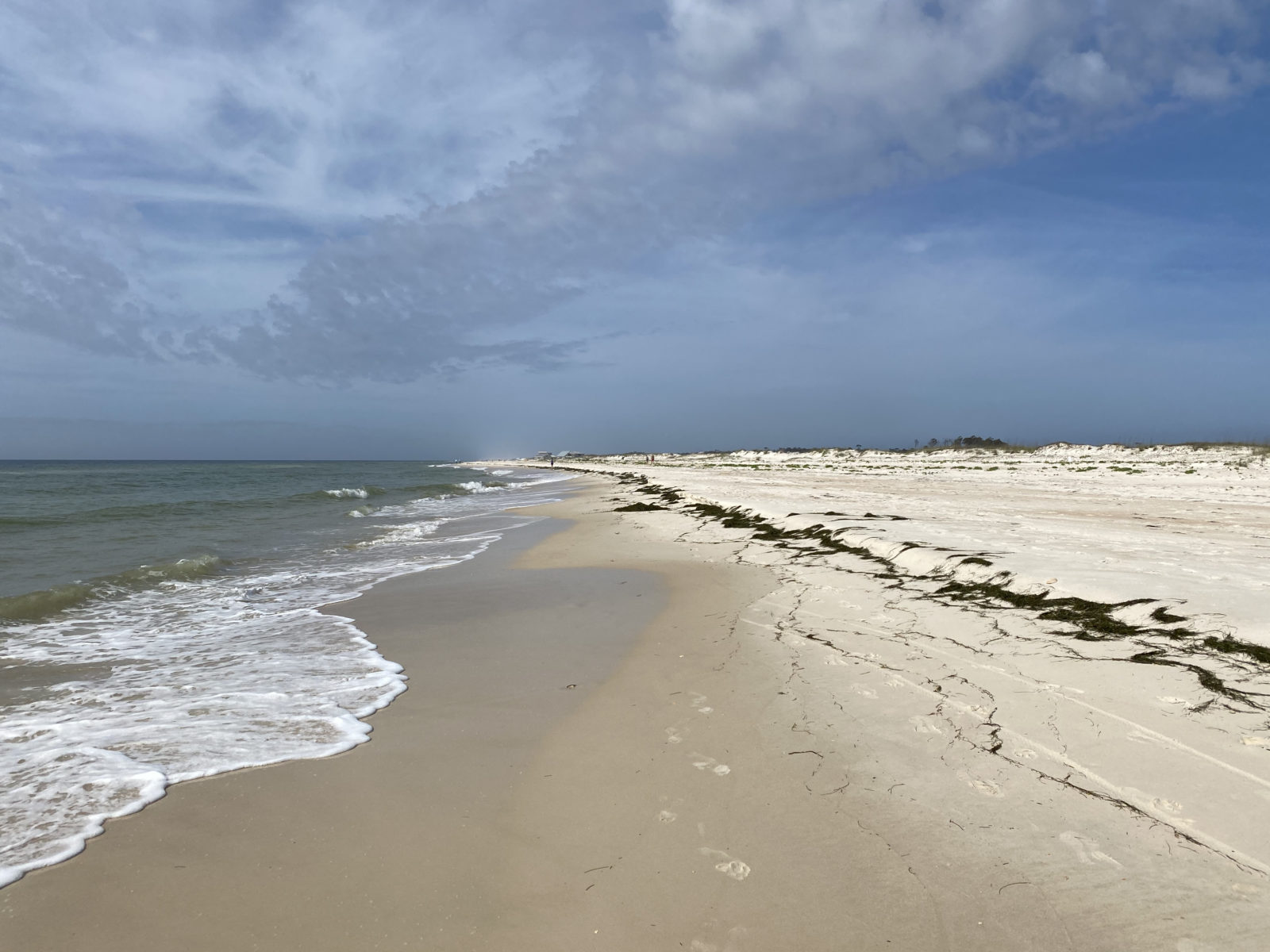
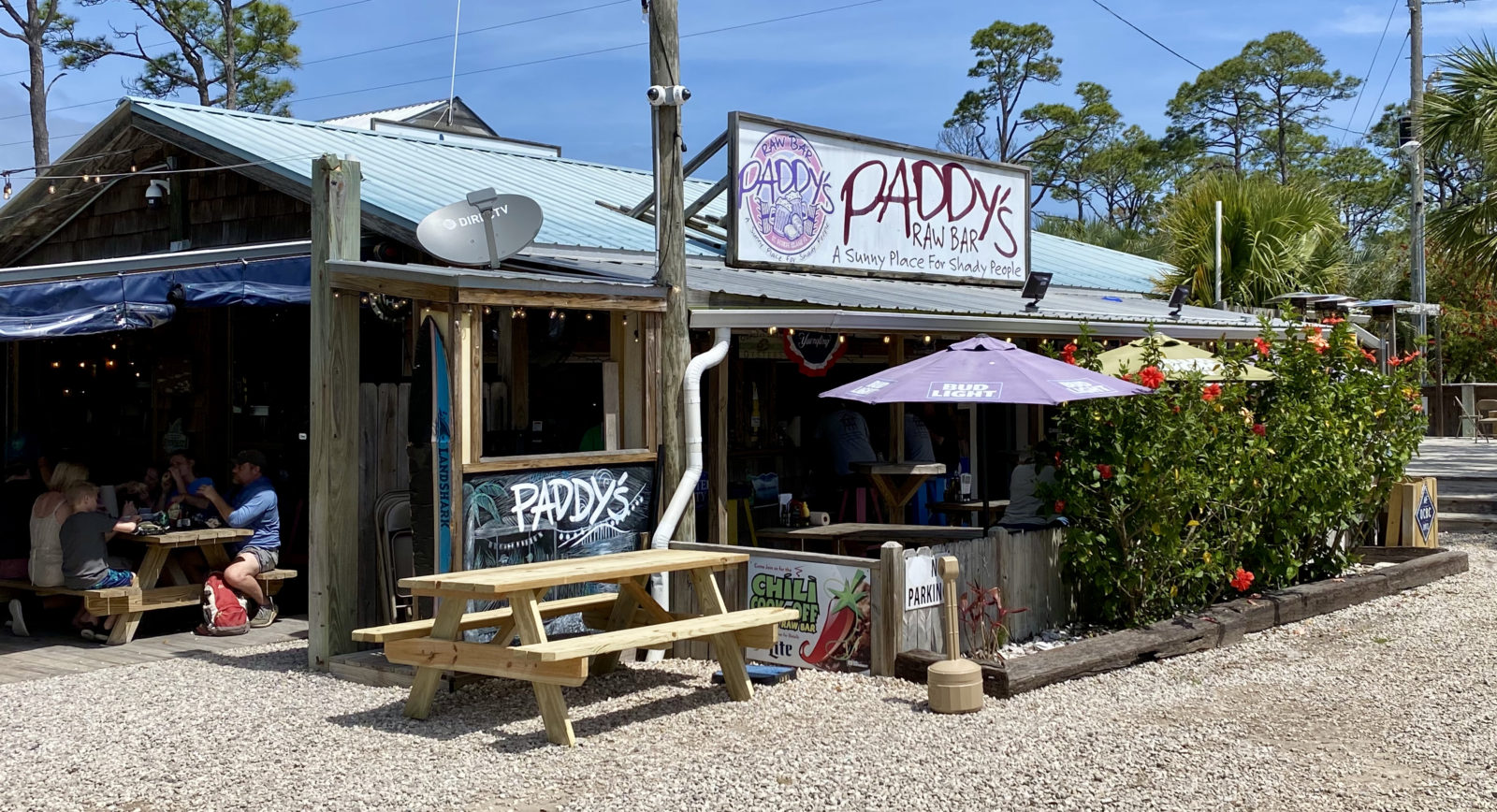
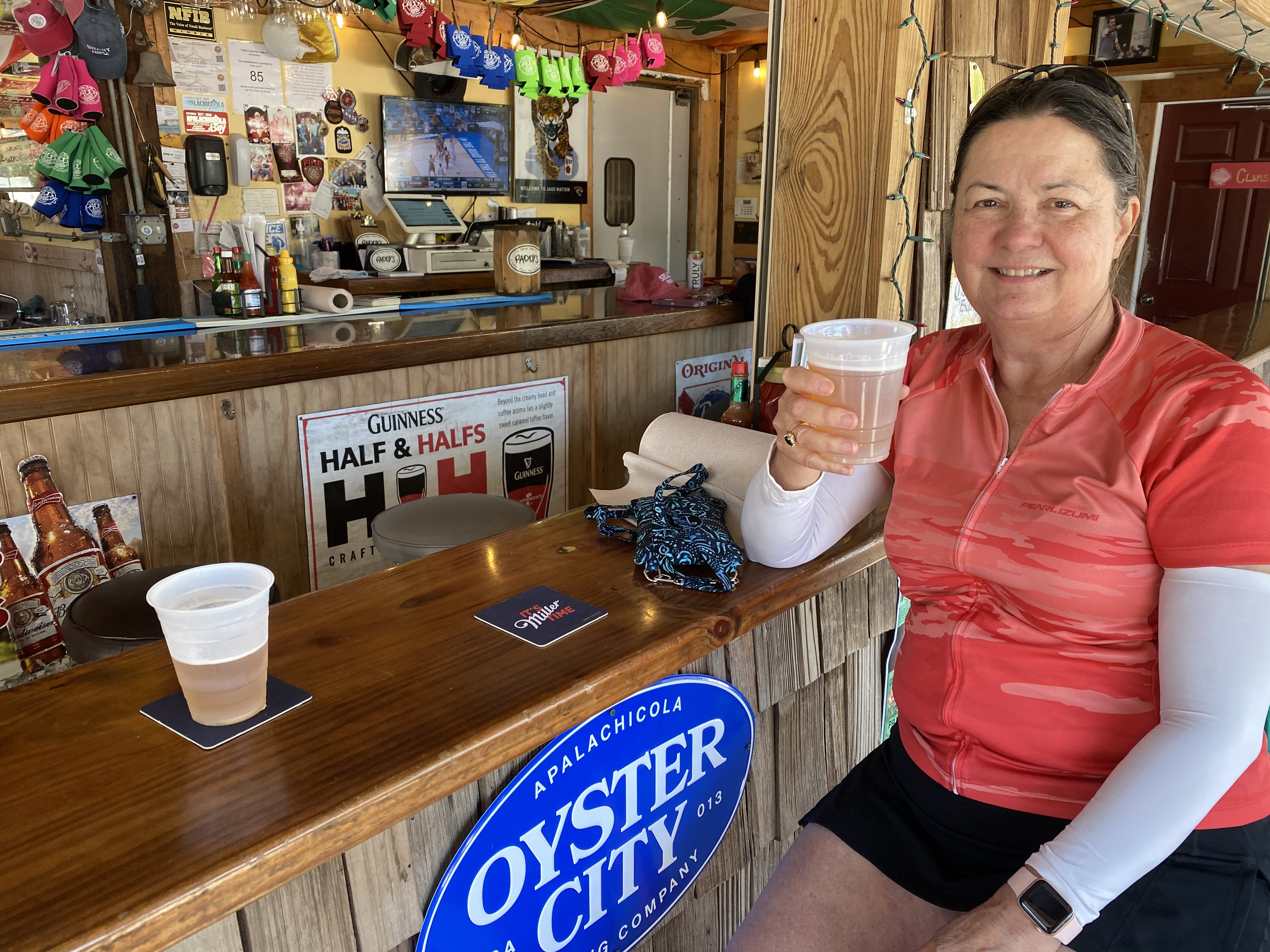
Apalachicola
Known as “Oyster Town” or “Oyster City”, Apalachicola greets you with a historic downtown, art galleries, quaint resale shops, and tasty eateries. Apalachicola is a combination of the Hitchoti words apalahchi, meaning “on the other side” and okli, meaning “people”. Locals might tell you the name of this town, established in 1831, means “land of the friendly people”.
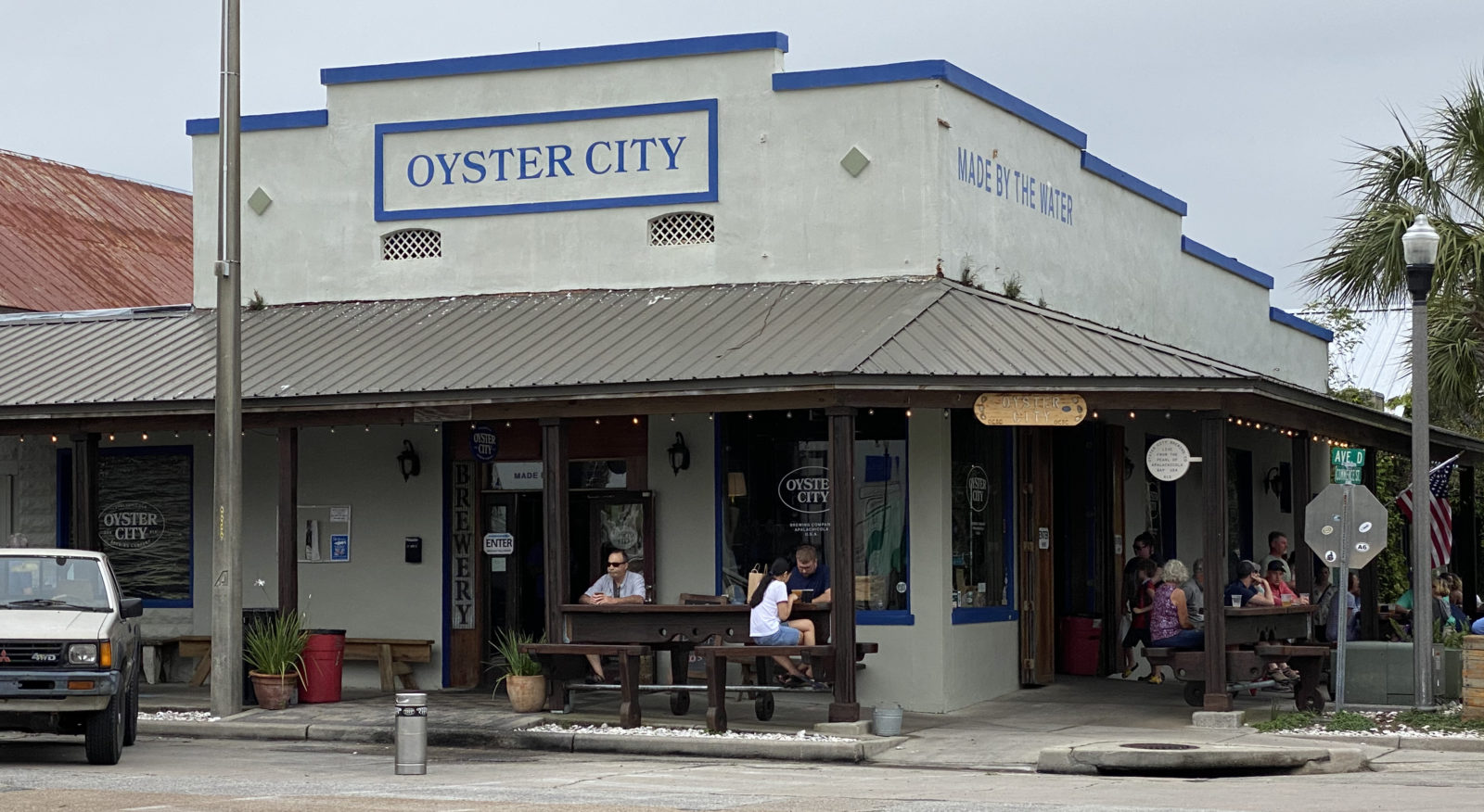
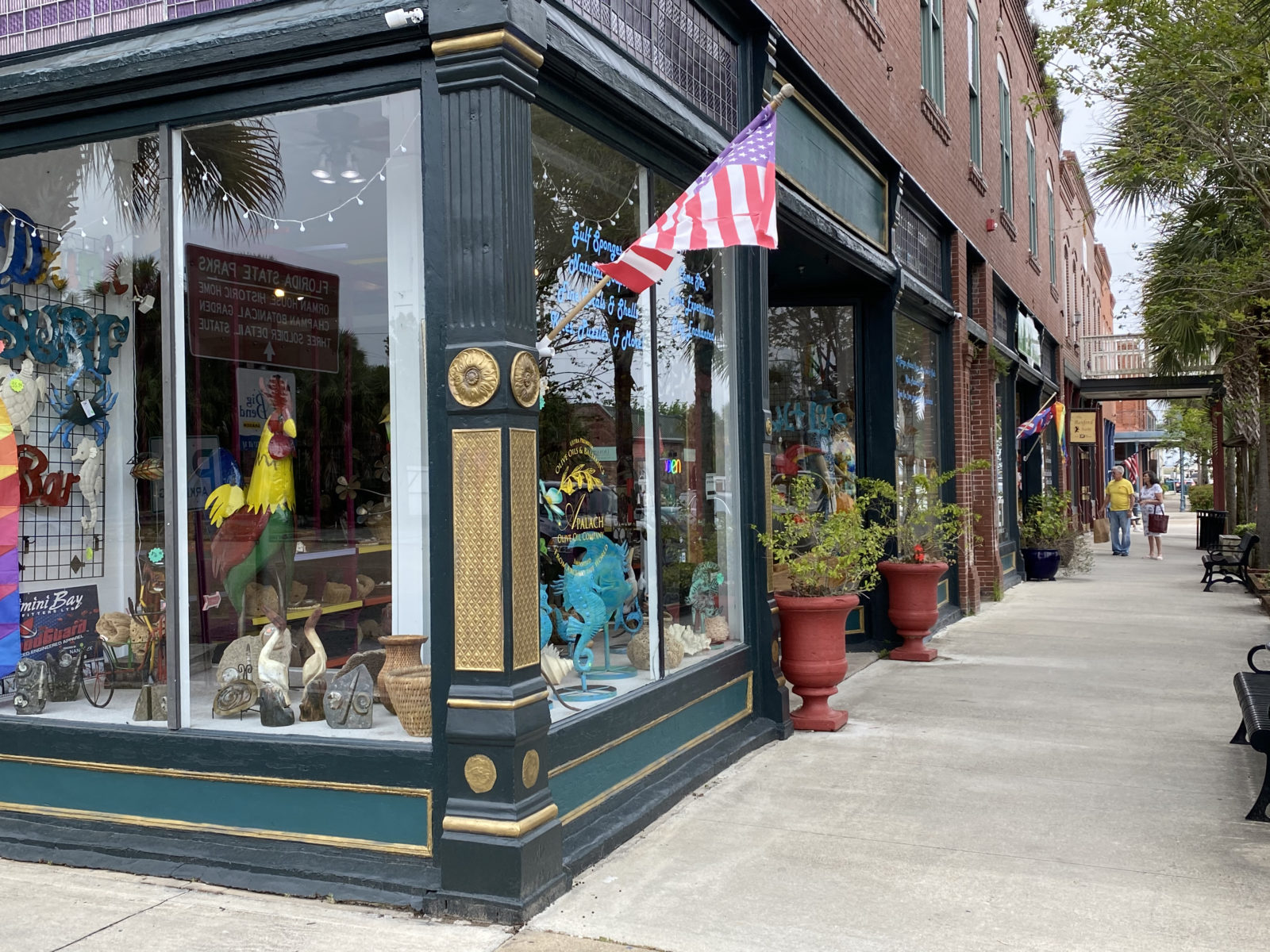
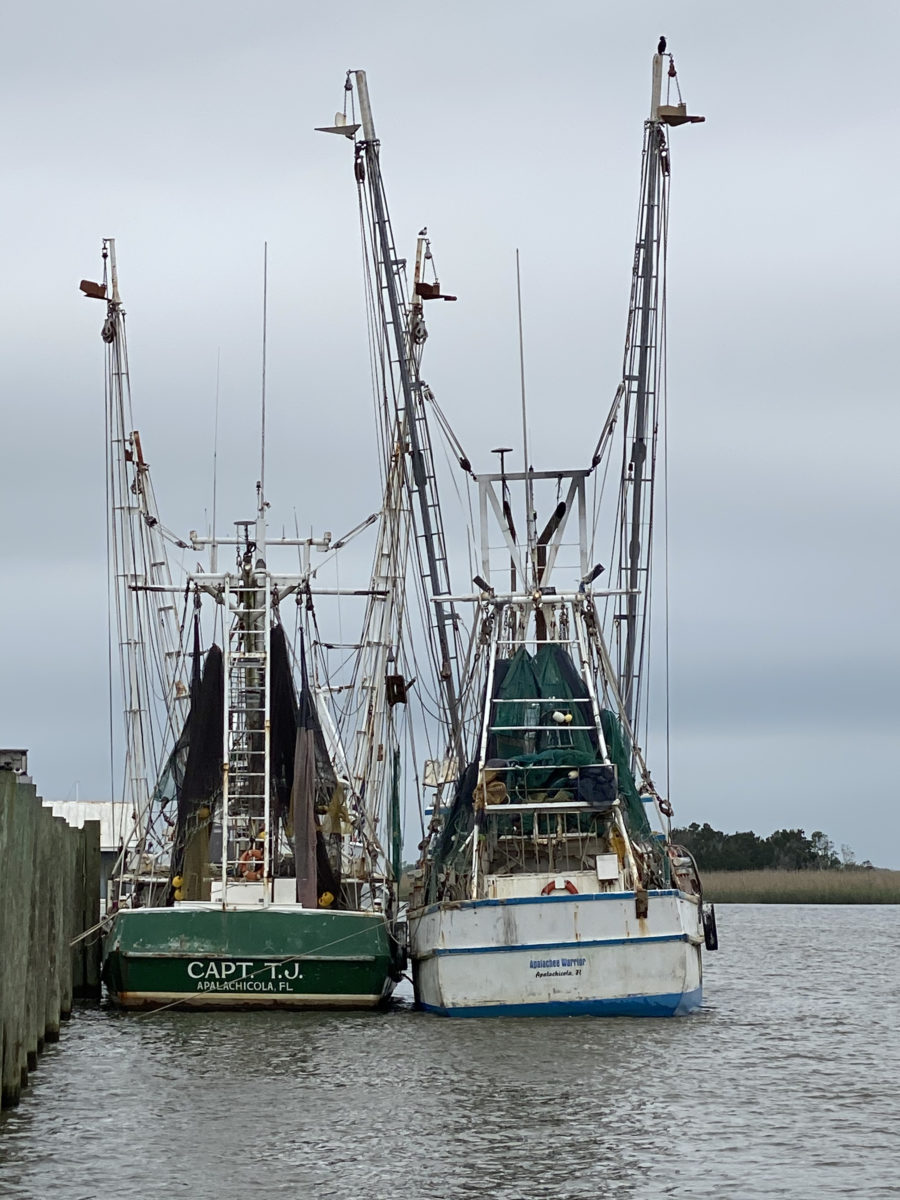
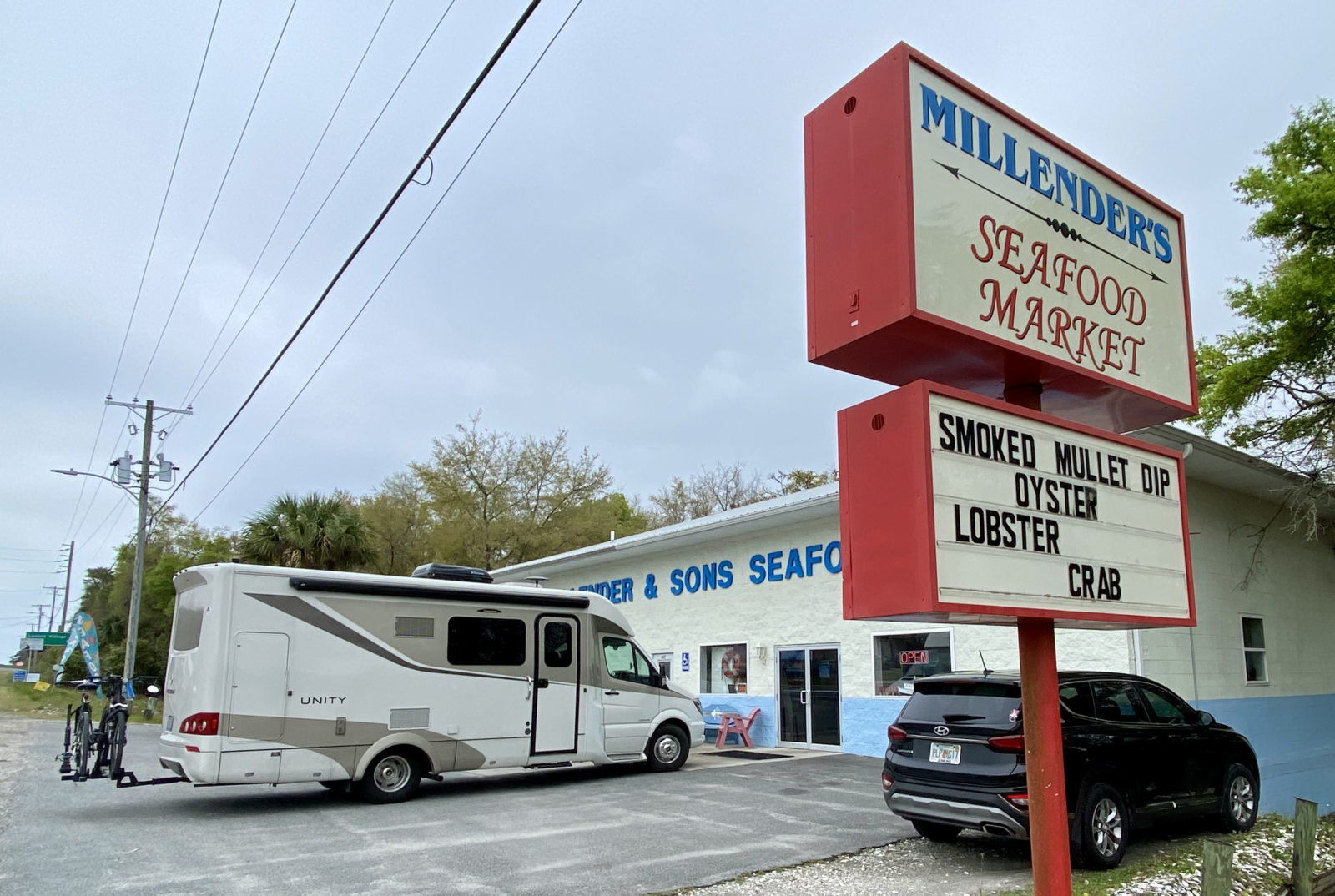
Emerald Coast
Travel some 60 miles further along US-98 from Apalachicola and you’ll notice a change in the skyline. Old-timey Florida is replaced with high-rise condos, hotels, and big box stores. Yup, you’ve left Forgotten Florida and are now along the Emerald Coast, where stunningly beautiful beaches like Pensacola, Navarre, Fort Walton Destin, and Panama City, along with Alabama’s Gulf Shores, Orange Beach, and Fort Morgan, dot the shoreline. Several Air Force bases are located here, and you might see and hear fighter planes practicing overhead. The Blue Angels practice from NAS Pensacola, and if you plan it right, you might be lucky enough to see them, as well.
Florida 30-A
Florida’s Scenic Highway 30-A stretches along the coast in Walton County. Known for its crystal-clear emerald waters and gorgeous white sand beaches, it’s also home to high-end beach communities, with upscale shopping, restaurants, and bars. A 19-mile paved bike path follows along 30-A, passing through its beach communities. You might recognize upscale Seaside as the backdrop for The Truman Show, the 1998 film starring Jim Carrey. Warning: if the sight of groups of teenagers makes you break out in hives, plan your day carefully if you venture into some of the towns during Spring Break.
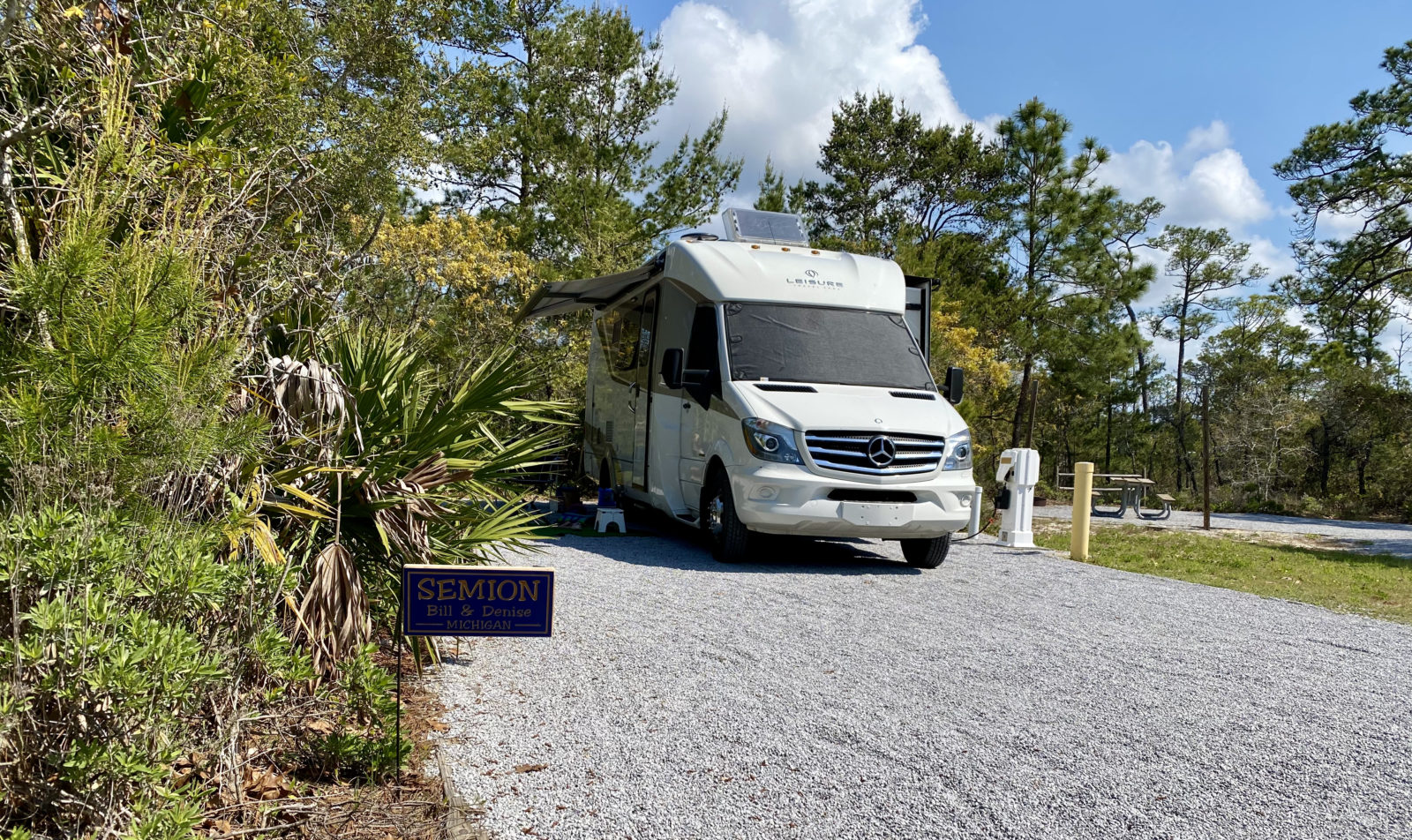
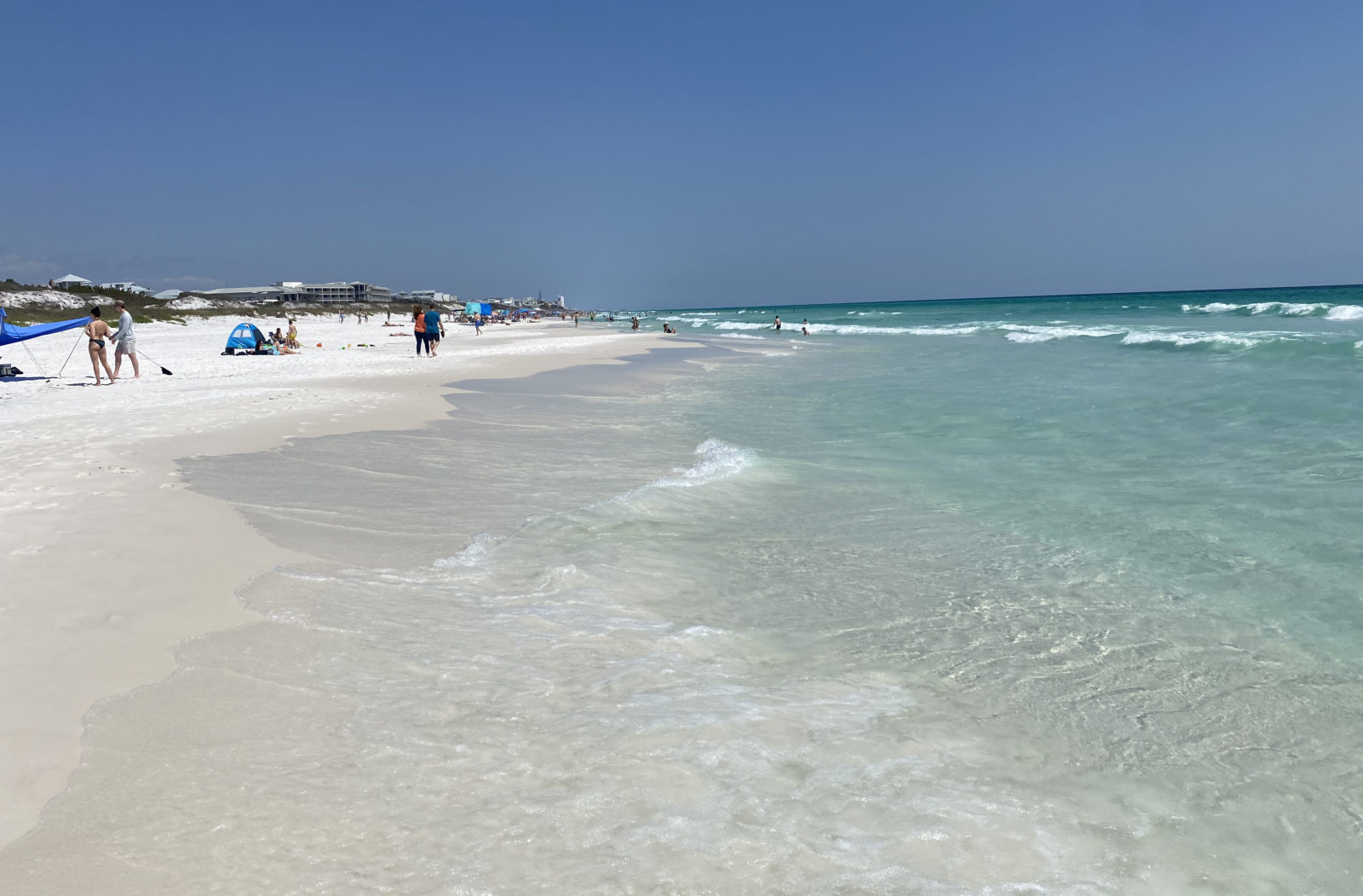
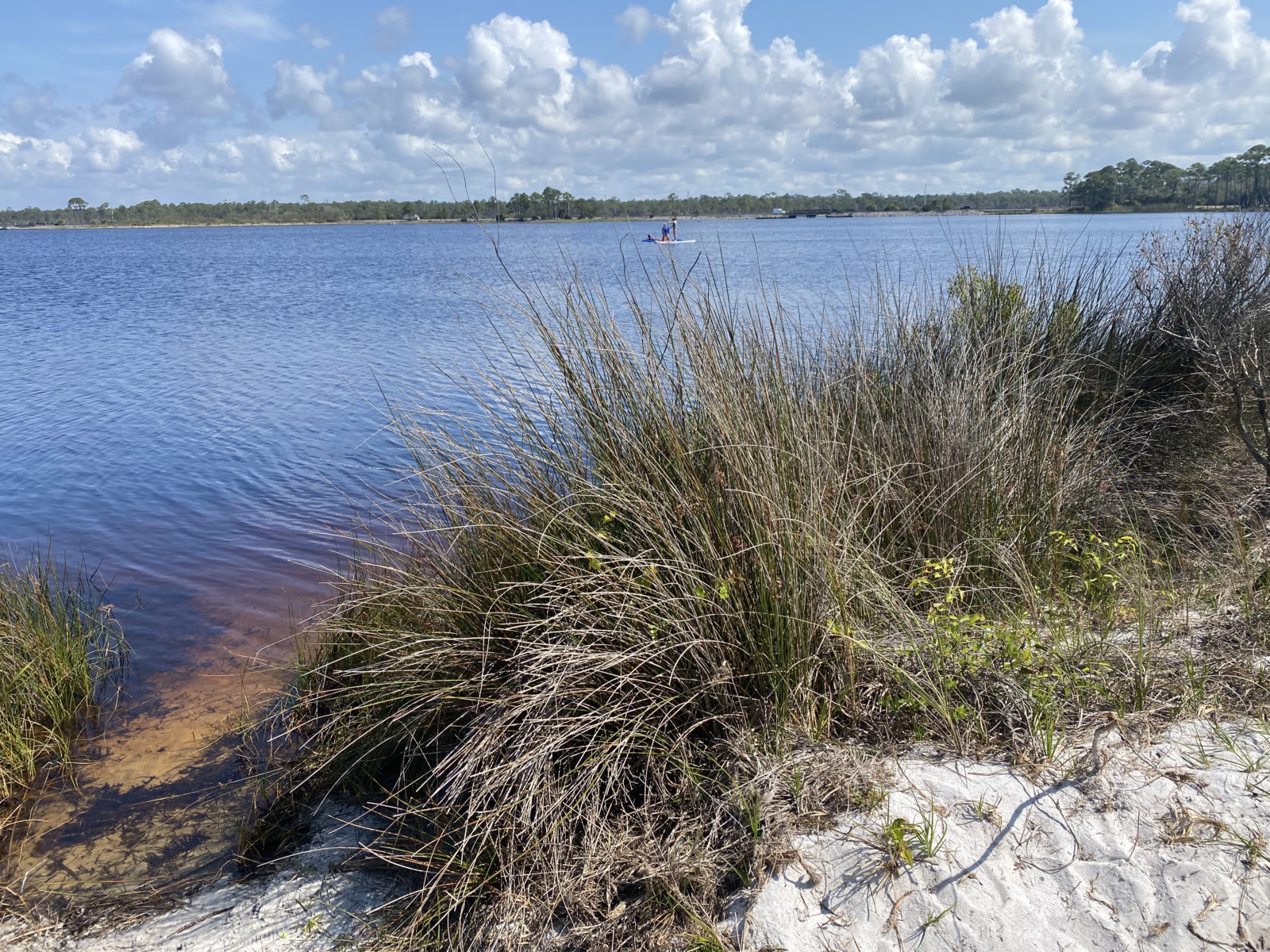
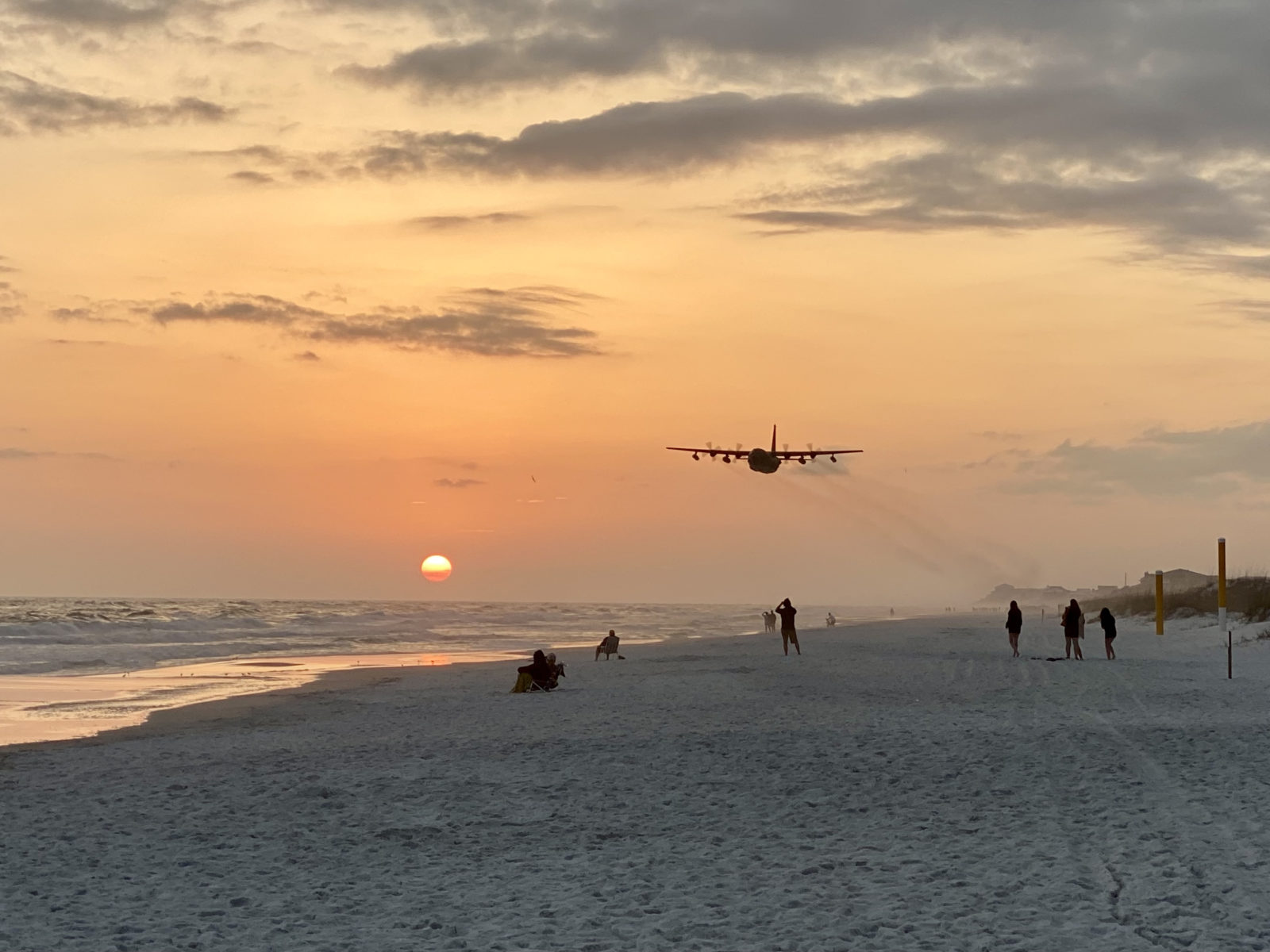
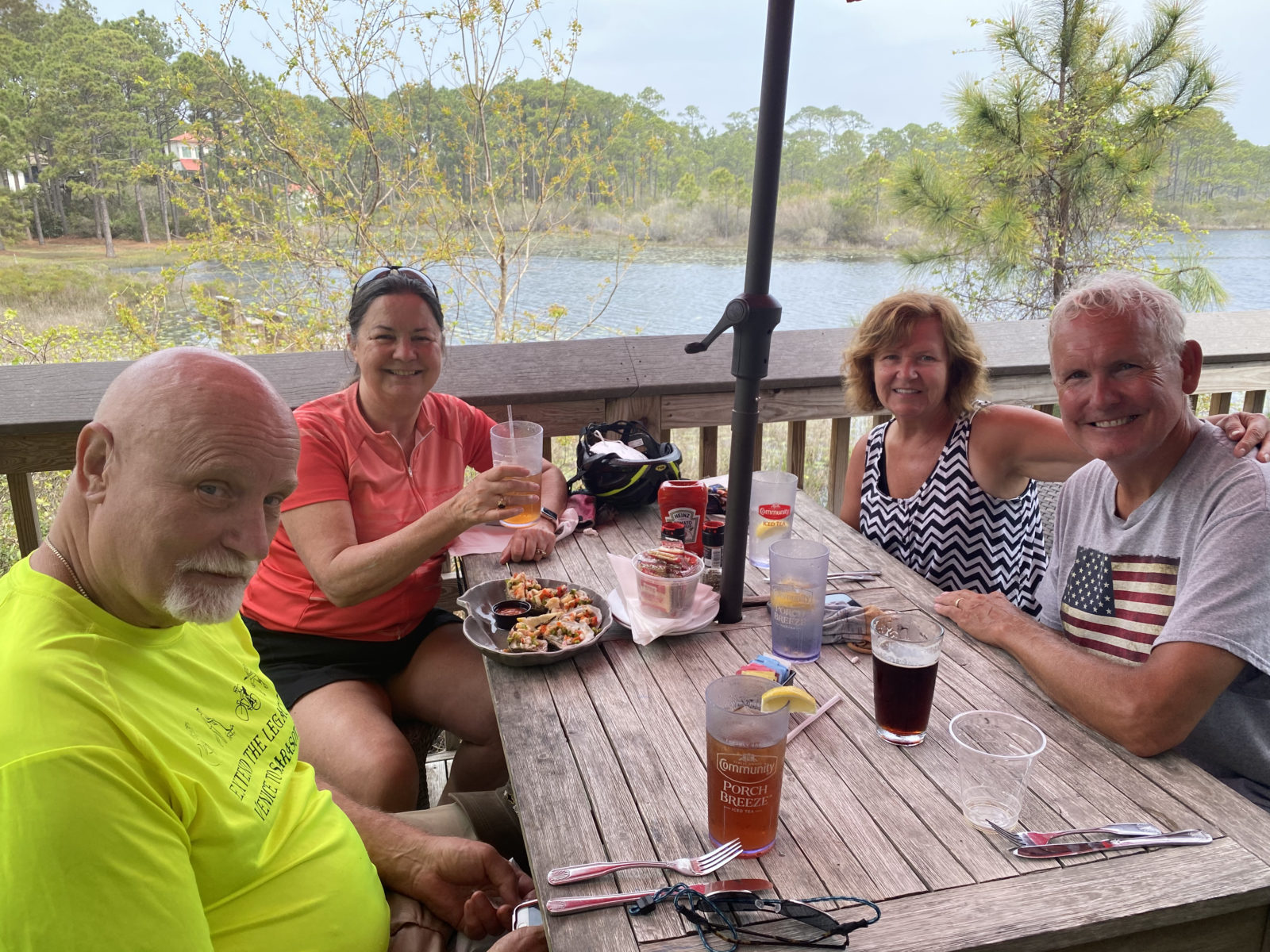
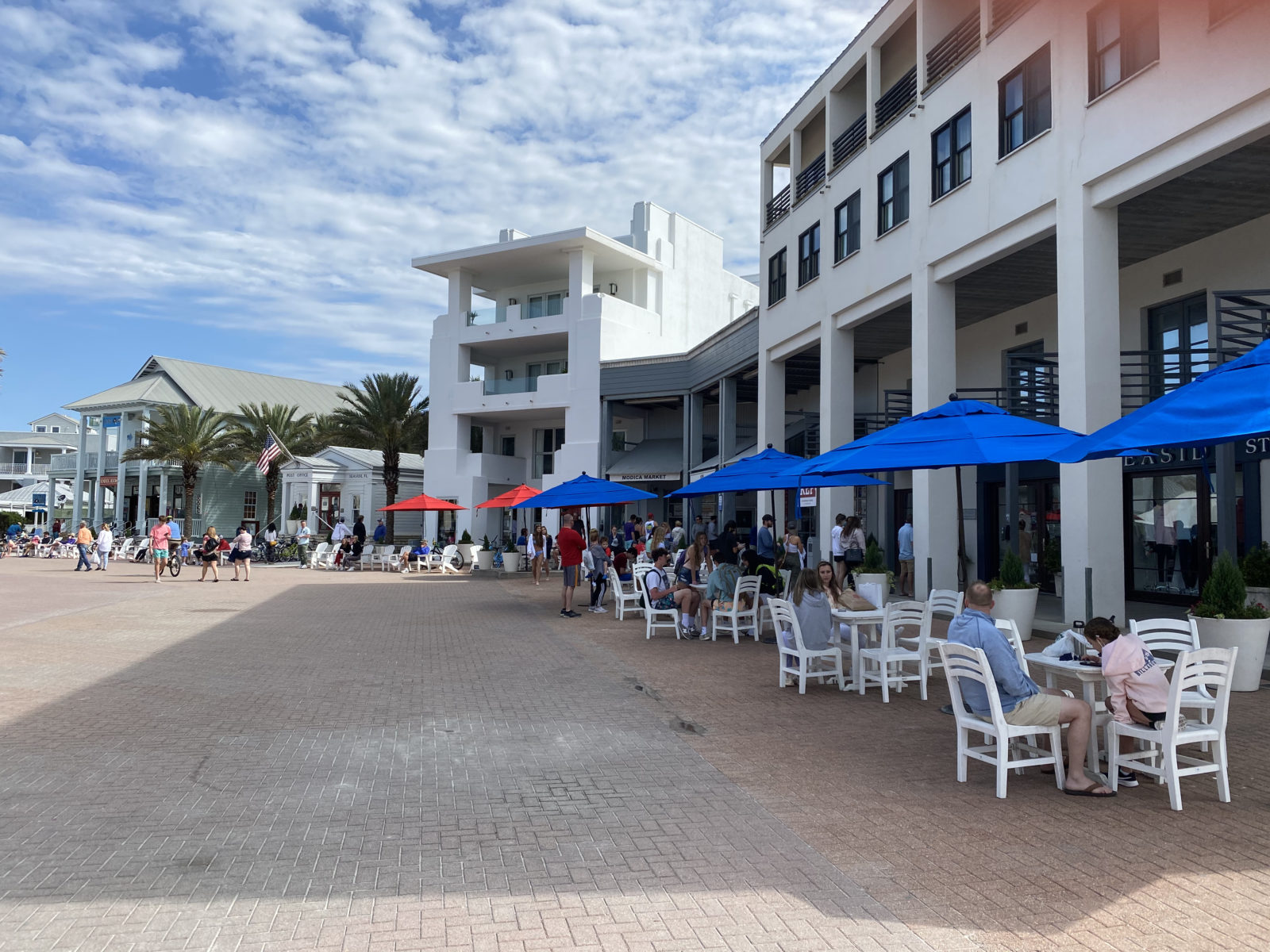

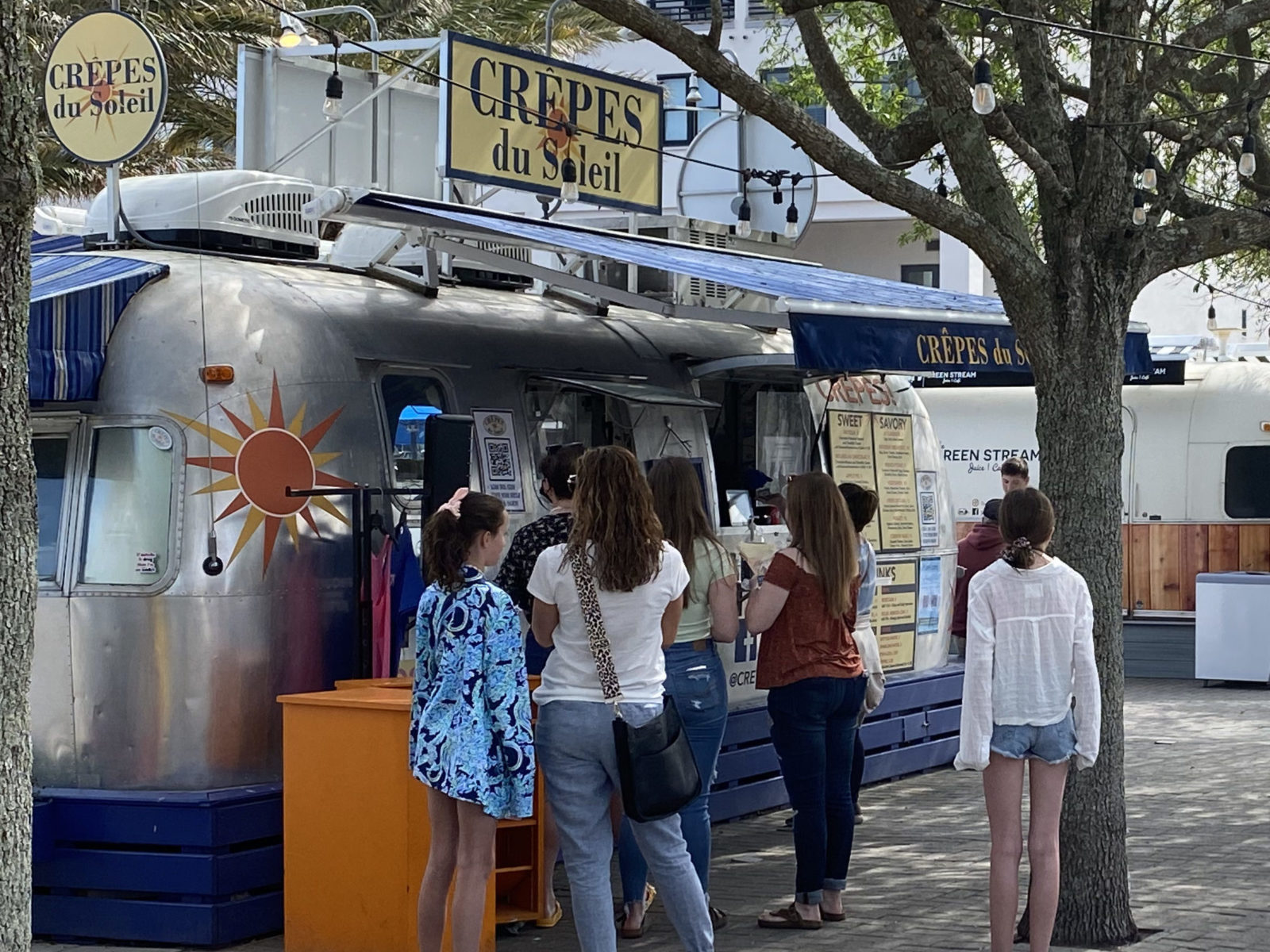
Topsail Hill Preserve State Park features lush landscaping and resort-like amenities, including an in-ground swimming pool. Here at Topsail, you can load up your beachie stuff and ride your bike or board the tram to the beach.
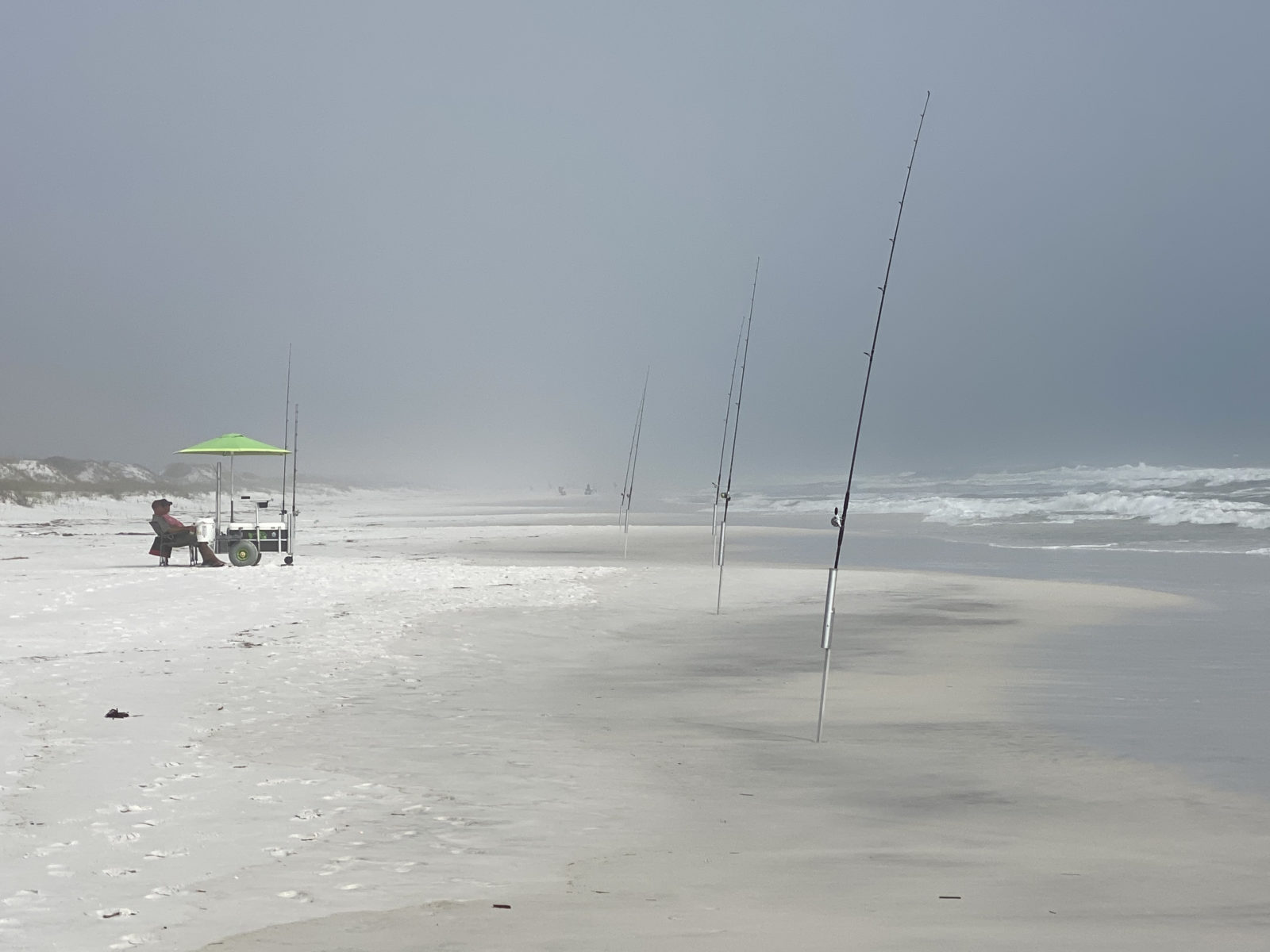
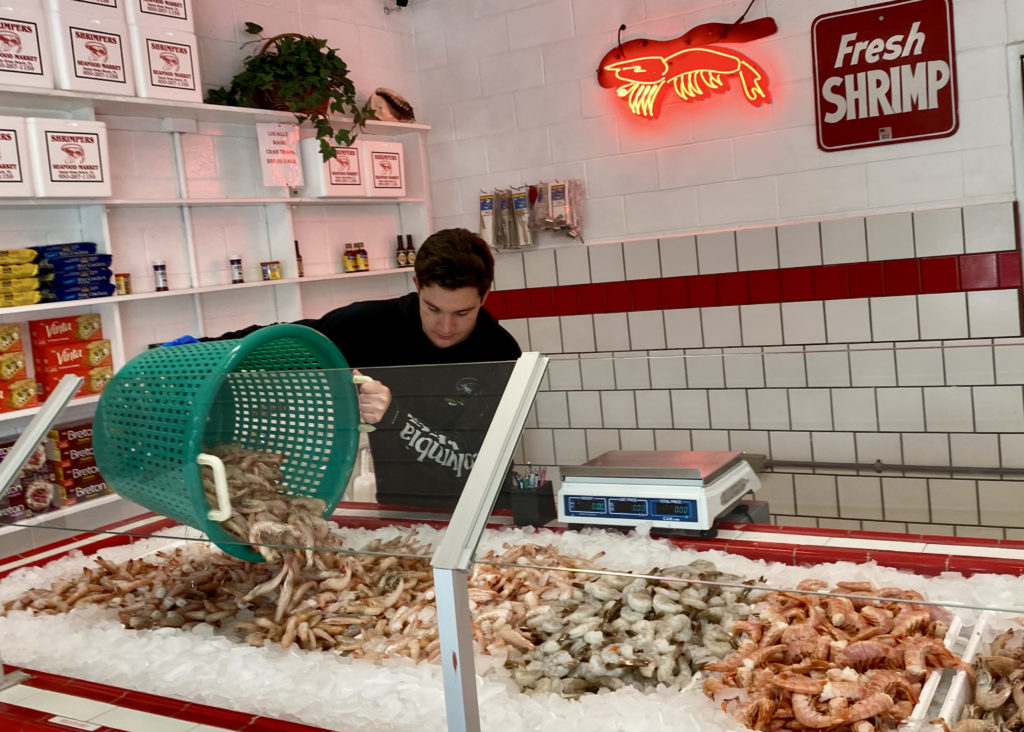
Once you leave 30-A continuing west, it’s about a two-hour drive to our next stop, Fort Pickens, in the Gulf Islands National Seashore. Be sure to take a shopping detour into Pensacola; you won’t regret it.
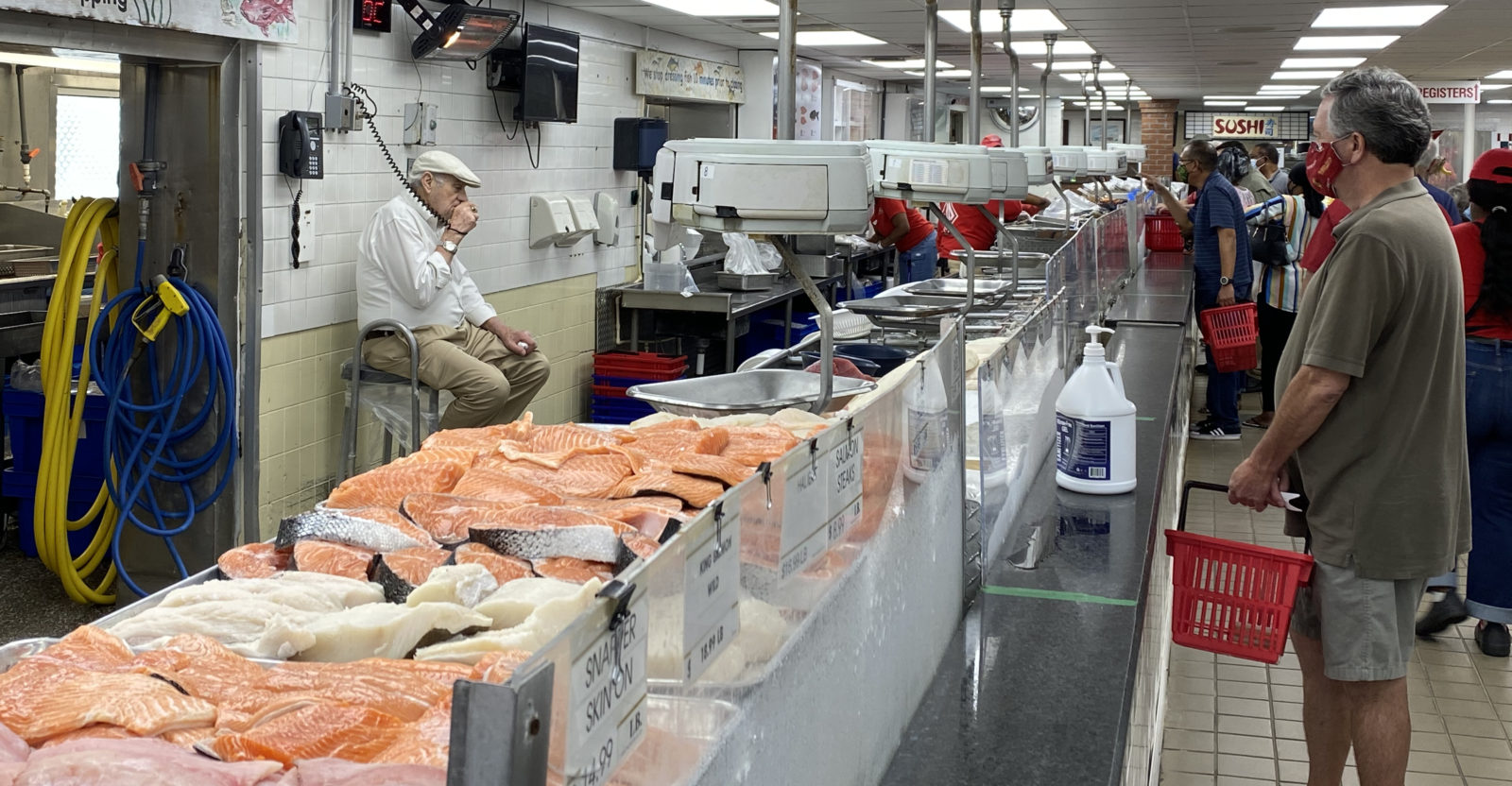
Gulf Islands National Seashore
Named after American Revolutionary War militia leader Andrew Pickens, Fort Pickens was built to defend Pensacola Bay and the Pensacola Navy Yard and Depot. The only fort in Florida to remain in Union control during the Civil War, this historic site features various cannons, gunrooms, officers’ and prisoners’ quarters, and more. Just a short drive away, Fort Pickens Campground is one of two campgrounds within Gulf Island National Seashore. The campground is a convenient base to explore Santa Rosa Island.

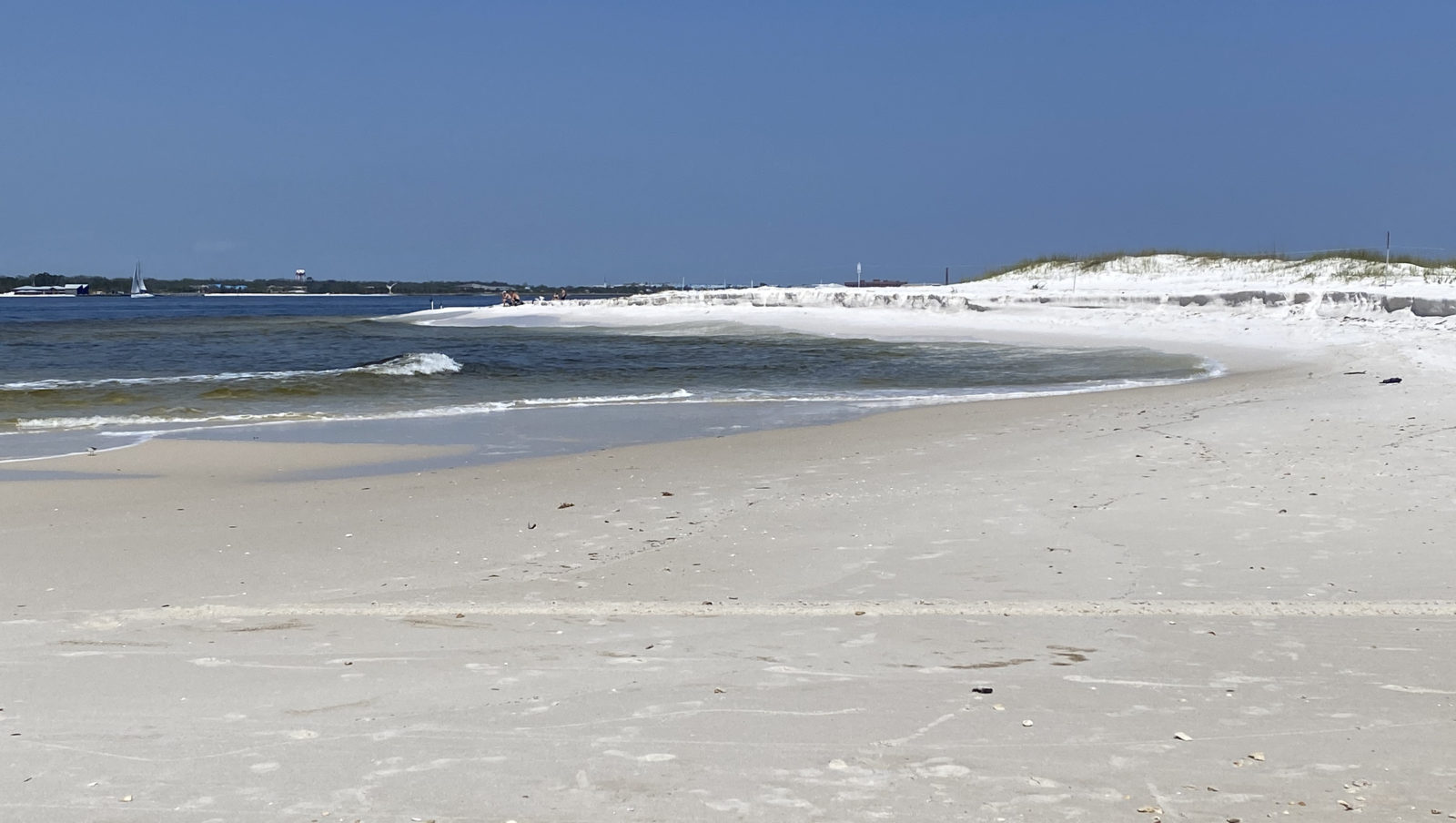
Alabama
Drive another hour west from Pensacola, cross into Alabama, and you’ll still be in what most folks still consider the Emerald Coast. More sparkling blue-green water, more white sandy beaches. Need I say more? Plan to stay at Gulf State Park, like we did.
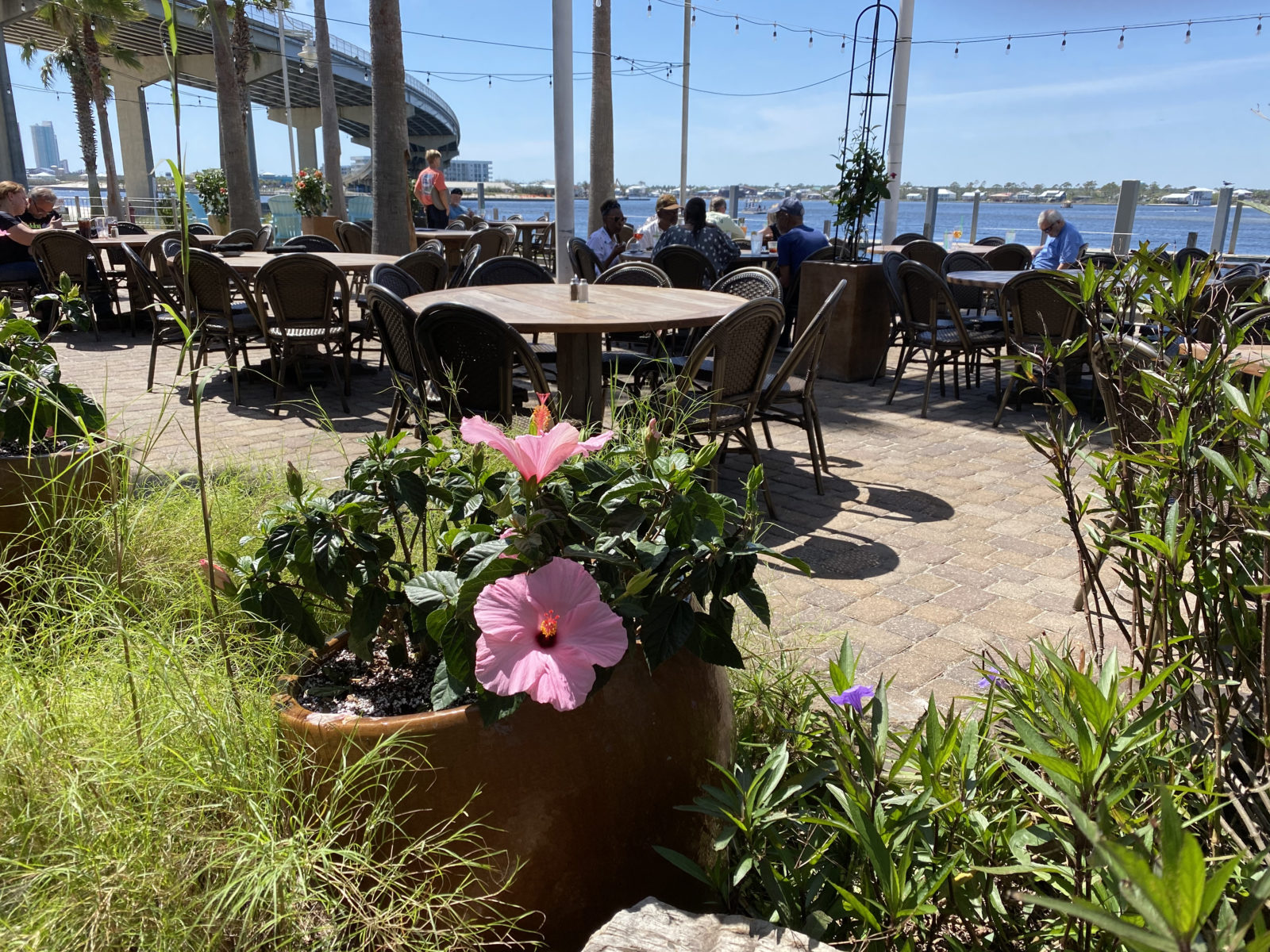
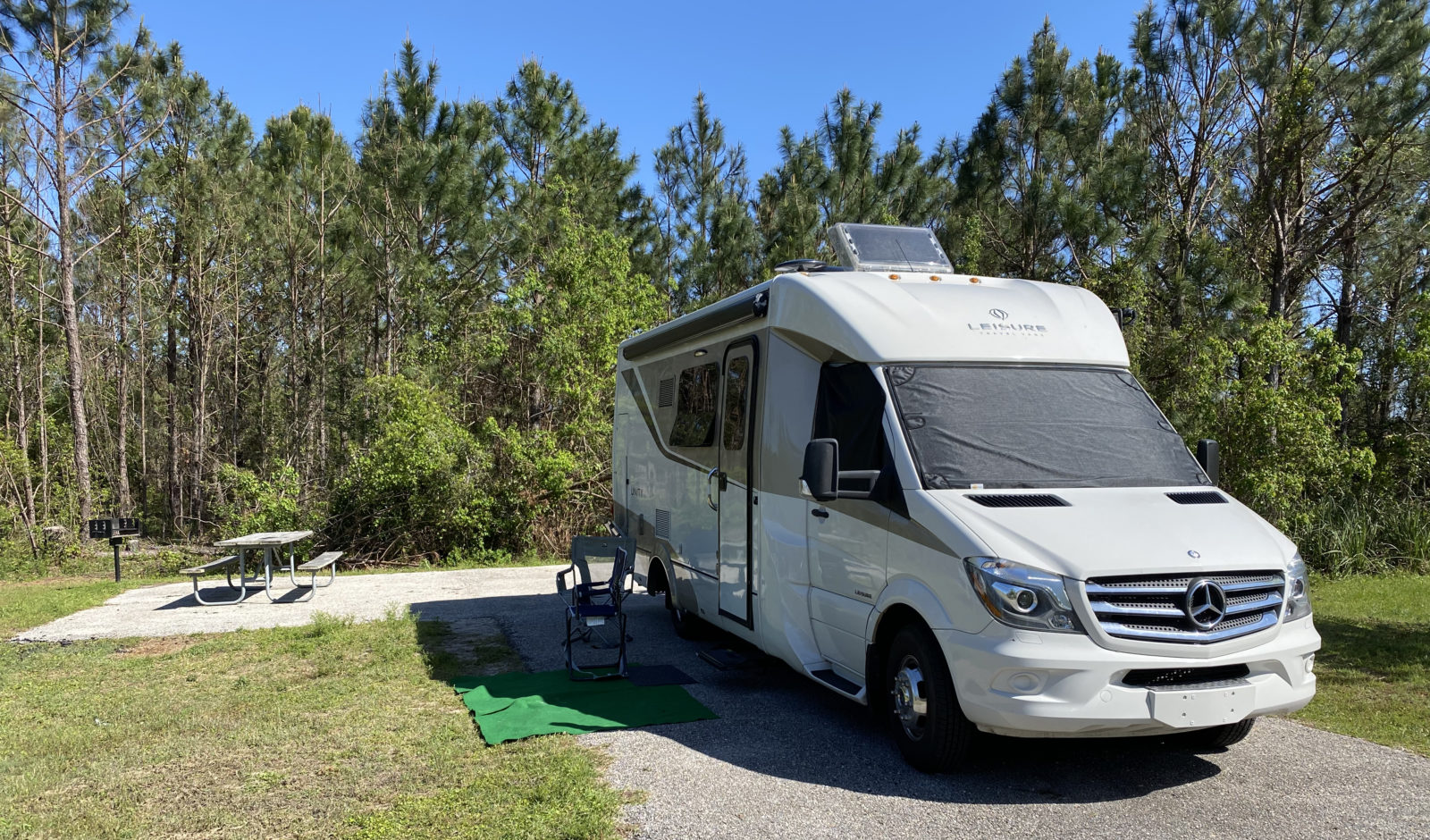
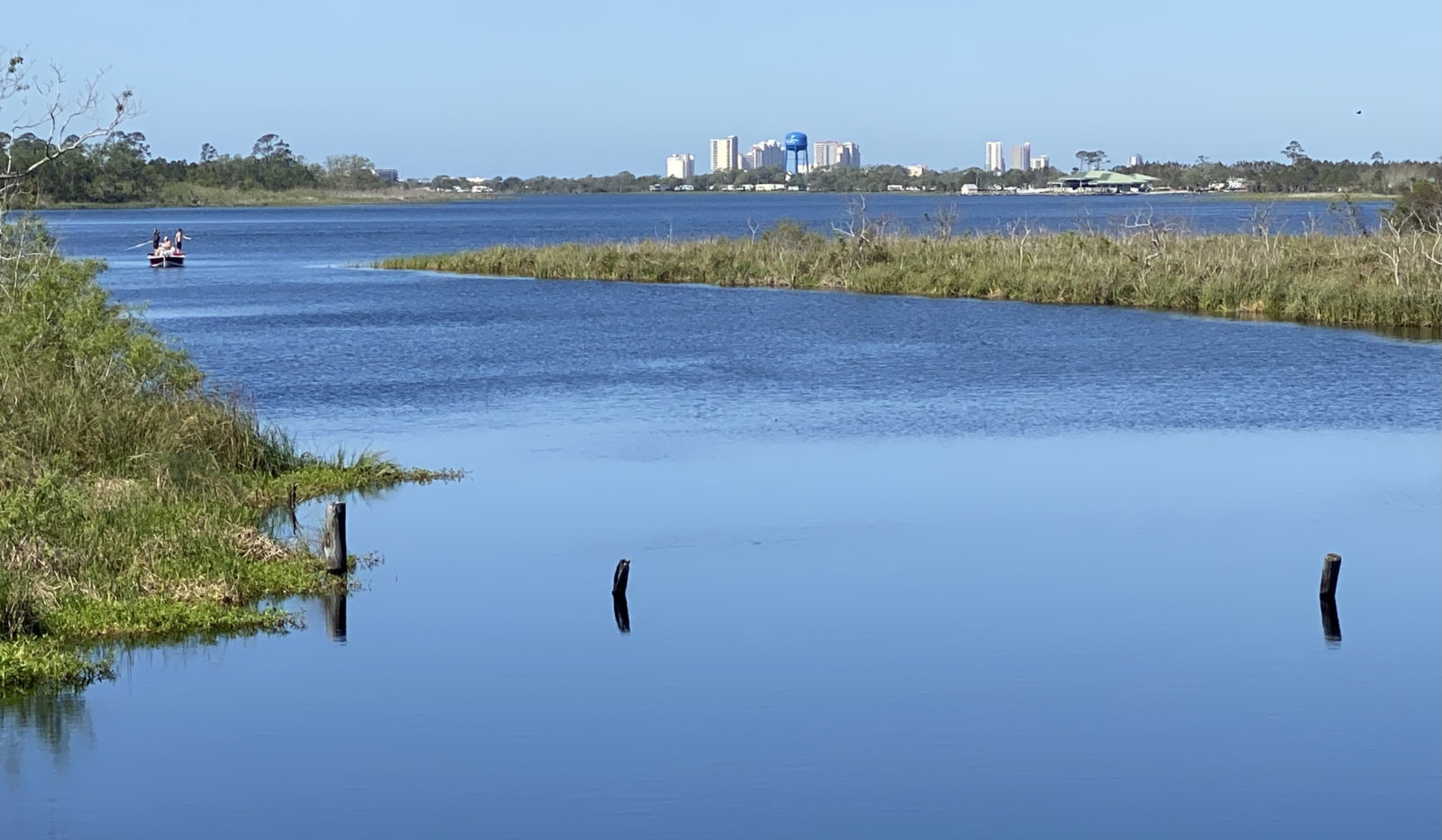
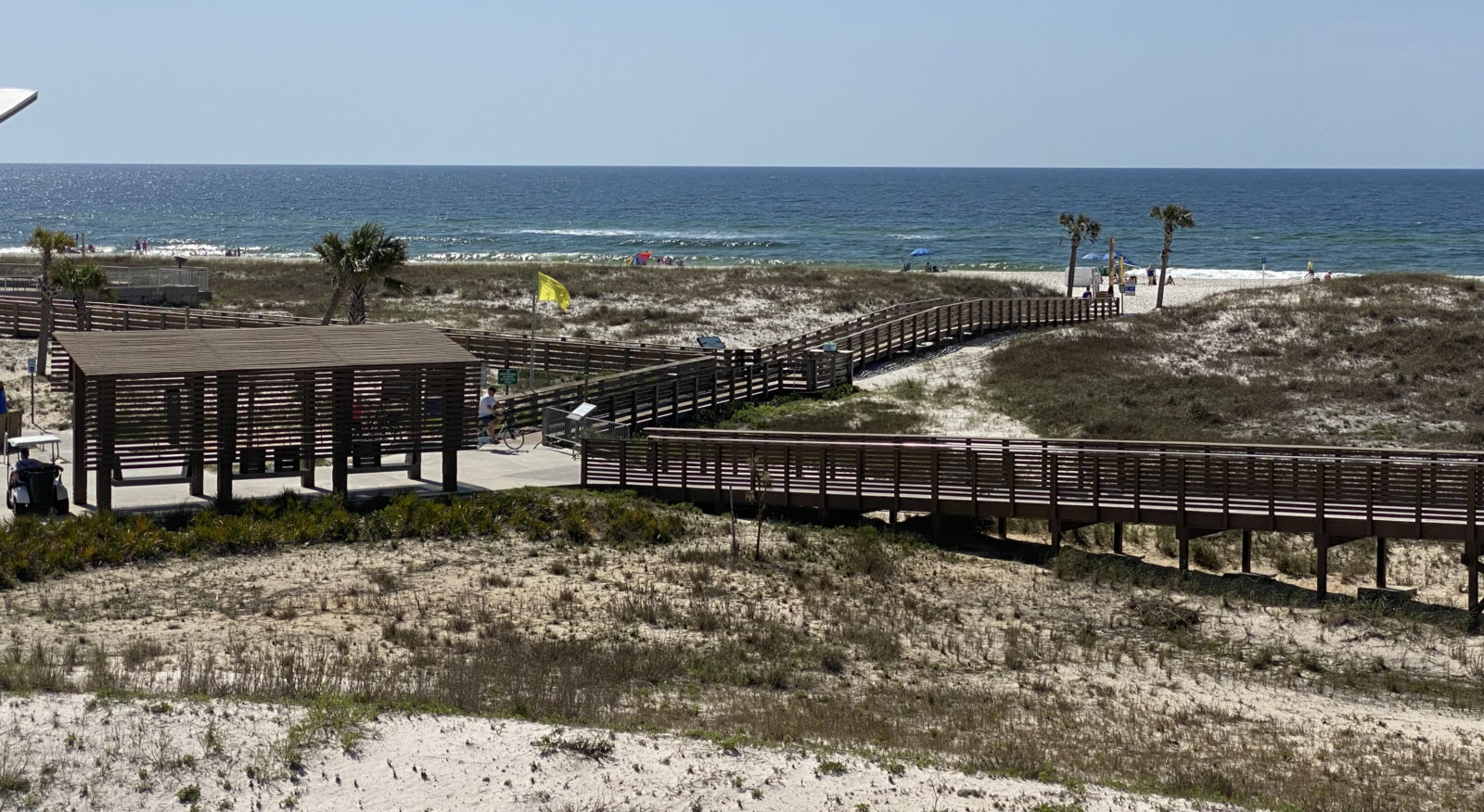
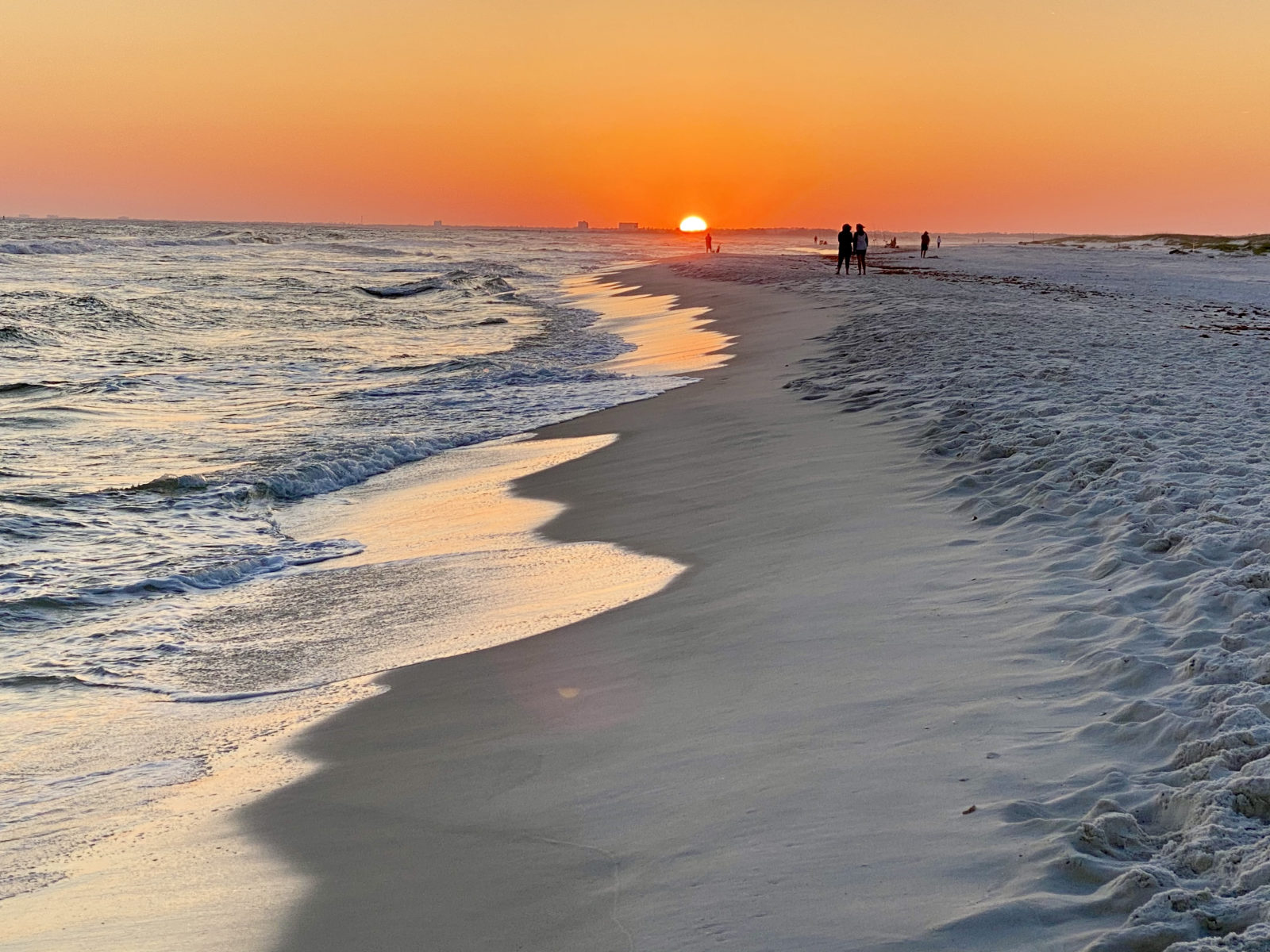
When You Go
Remember that when you visit Florida’s Panhandle, you are much further north than other popular Florida destinations. We typically plan to visit areas south along the Gulf Coast in February/March, heading north to the Panhandle late March/early April. Also be mindful of tropical storms. We missed an historic hailstorm that damaged vehicles at Gulf State Park by one day.


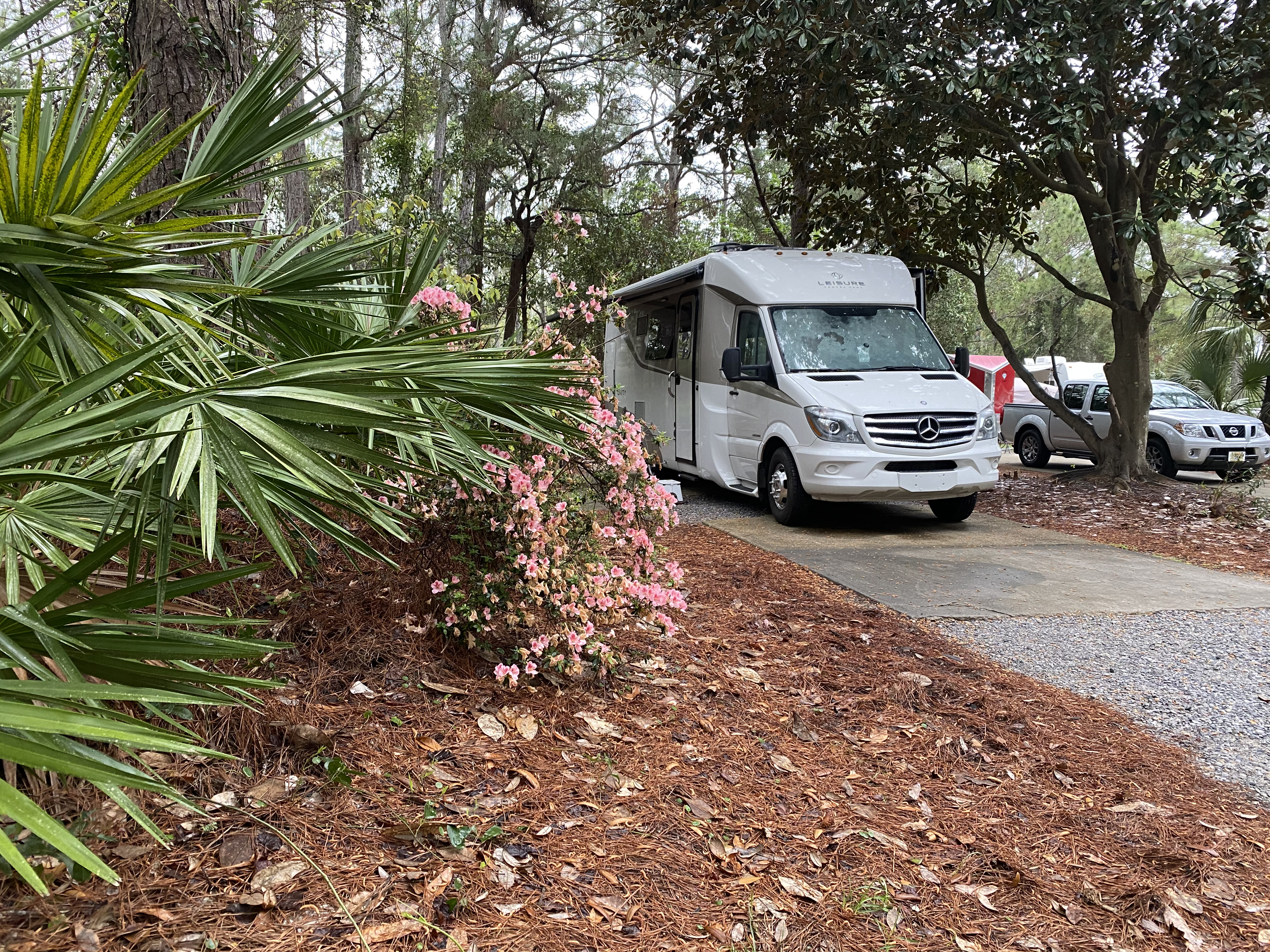
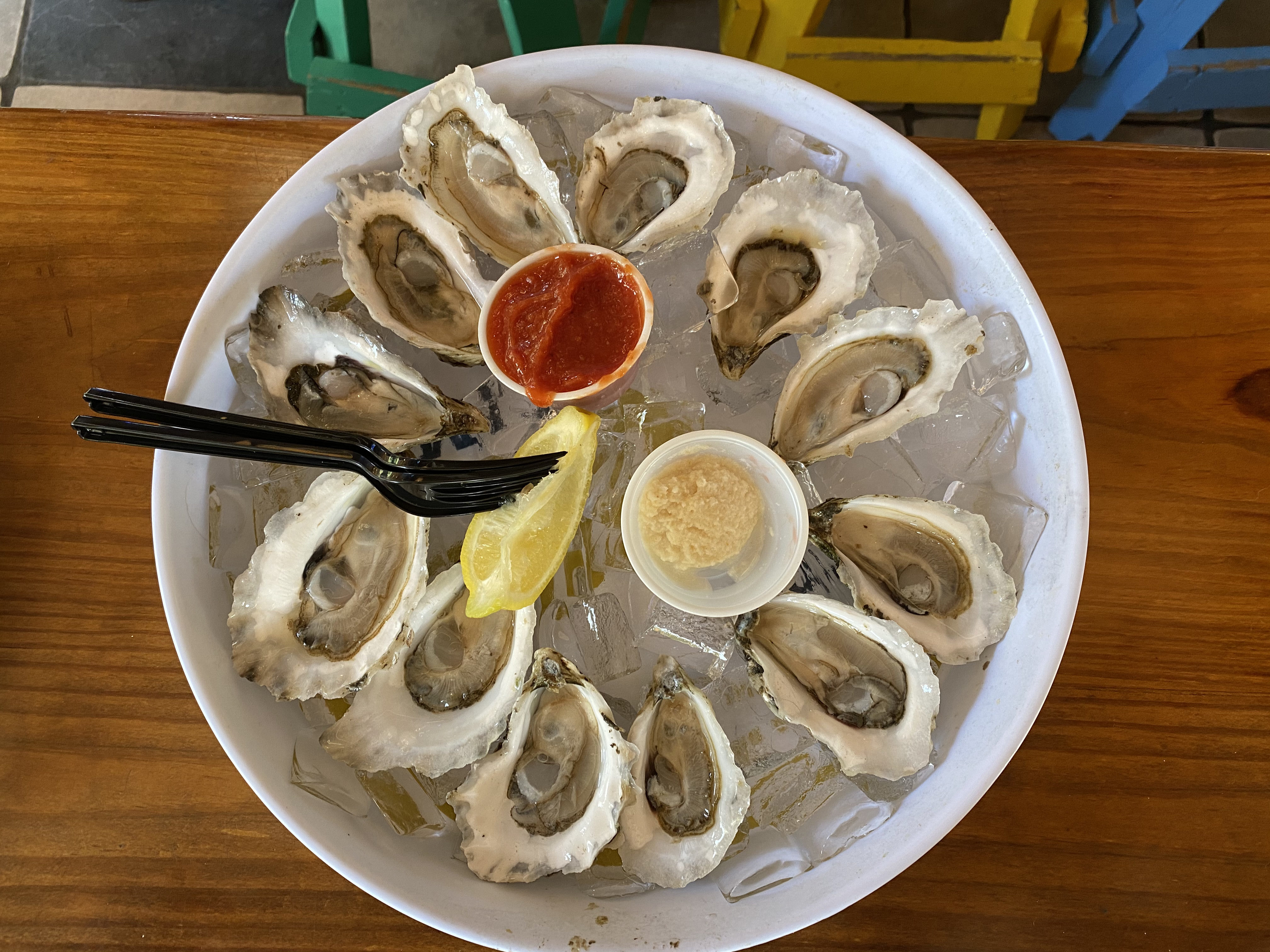
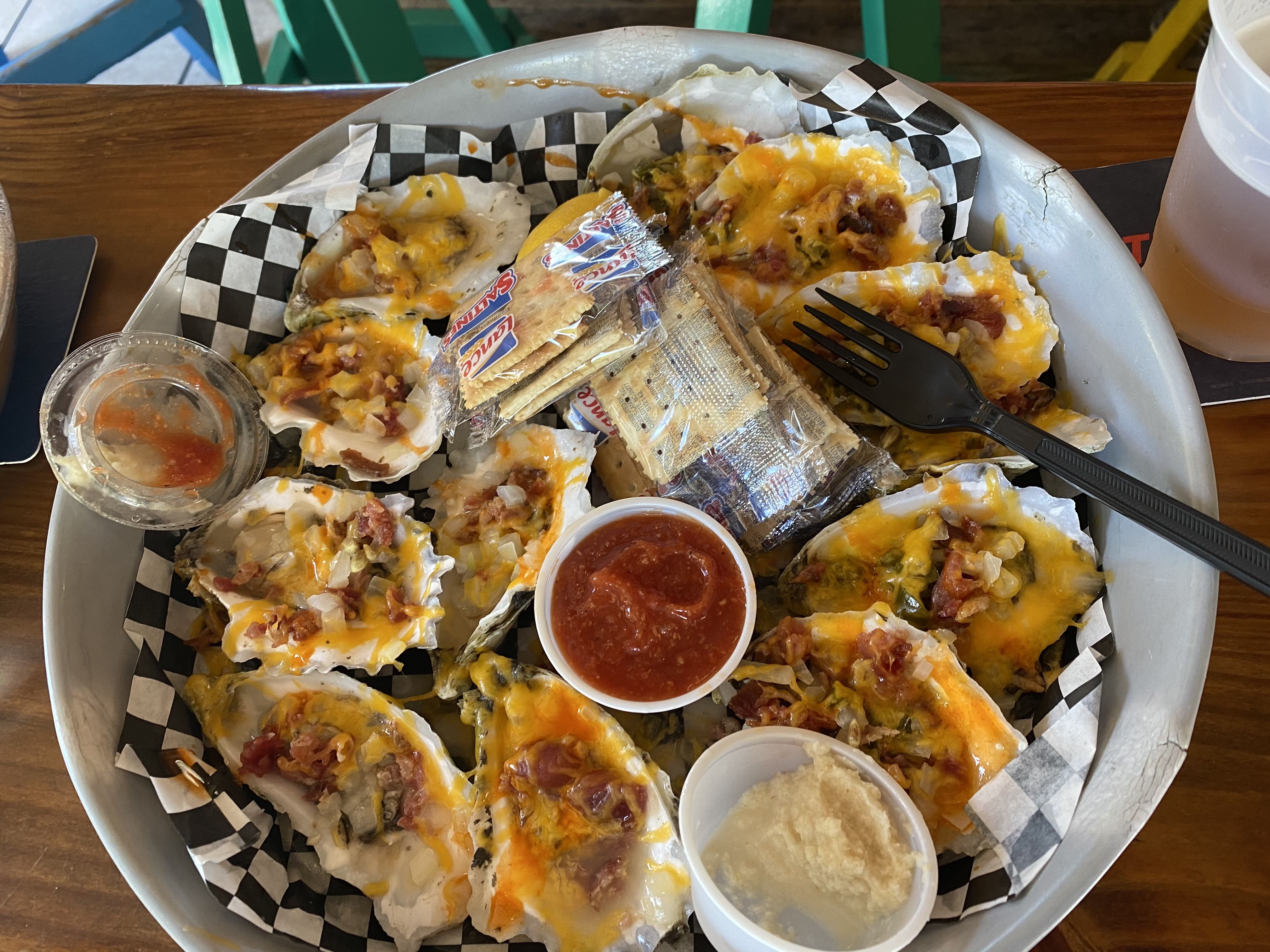
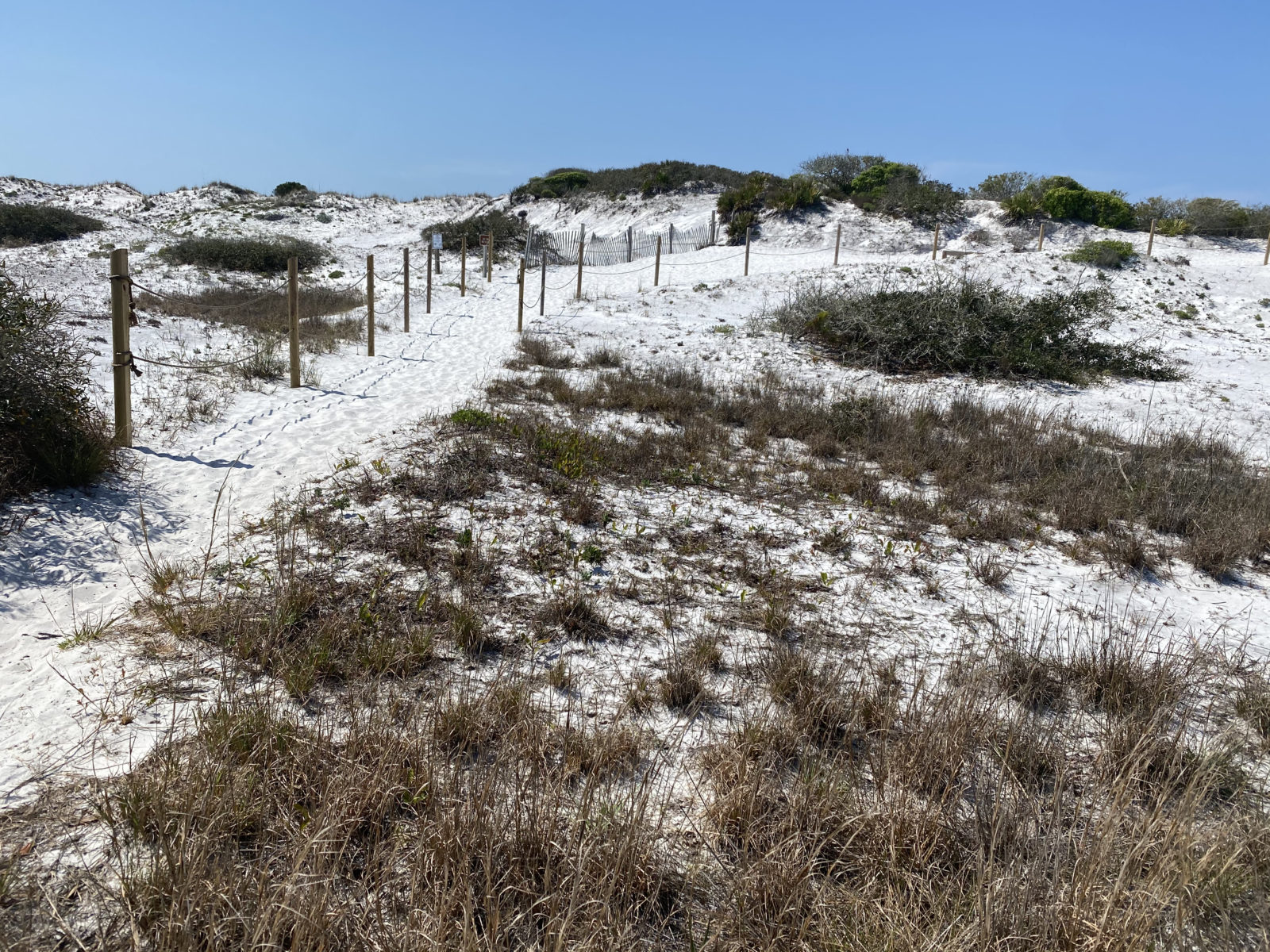
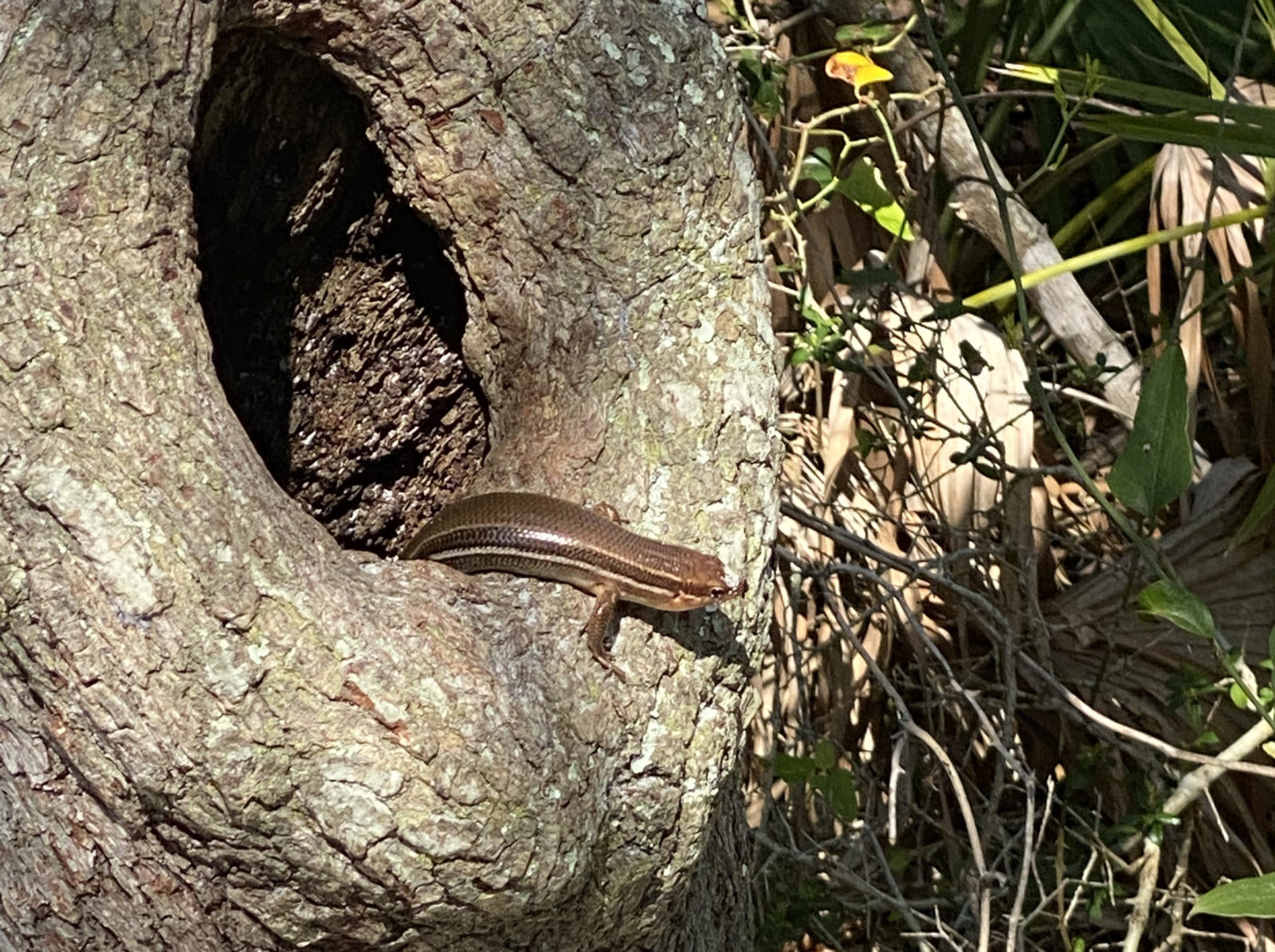
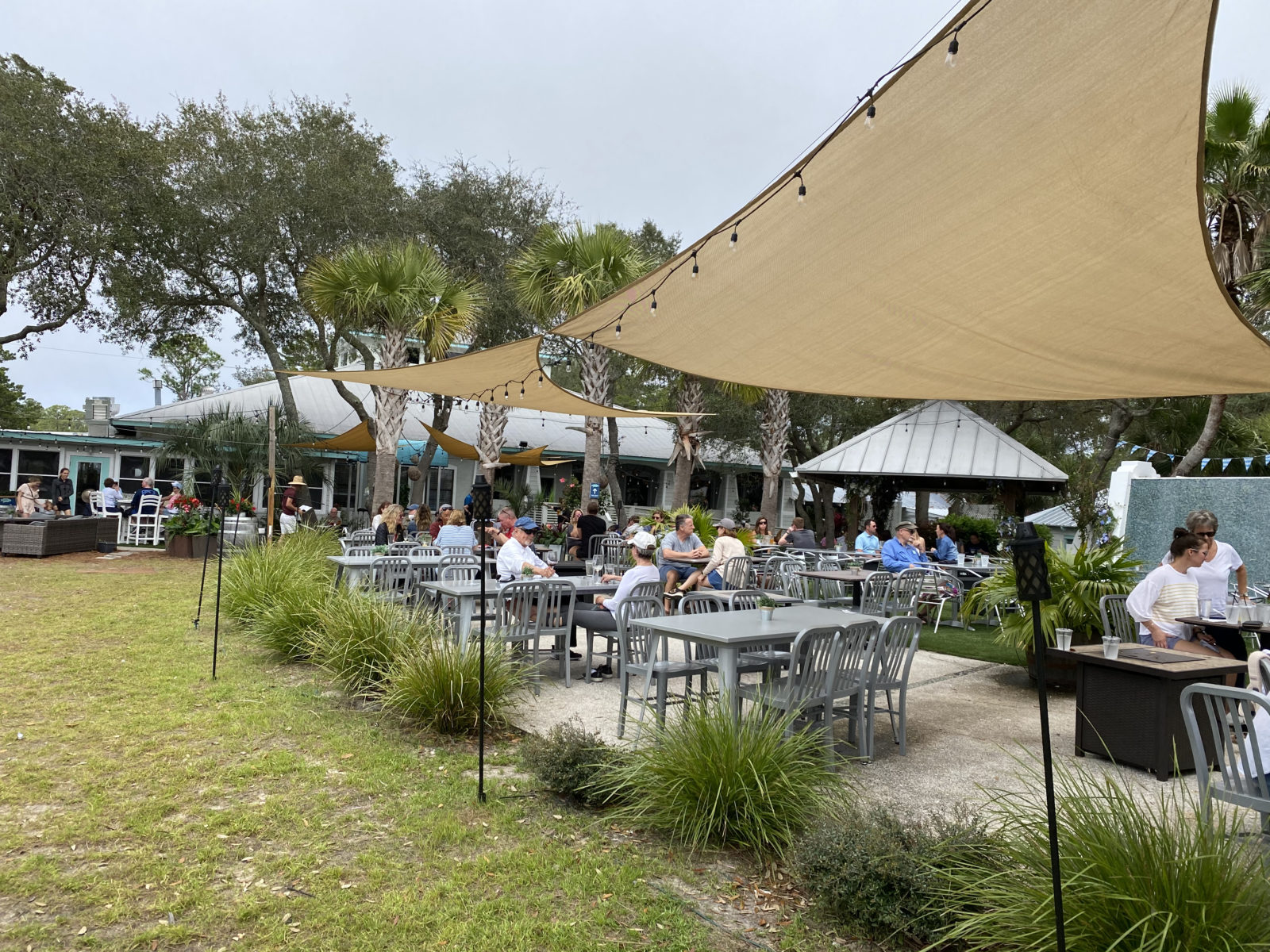
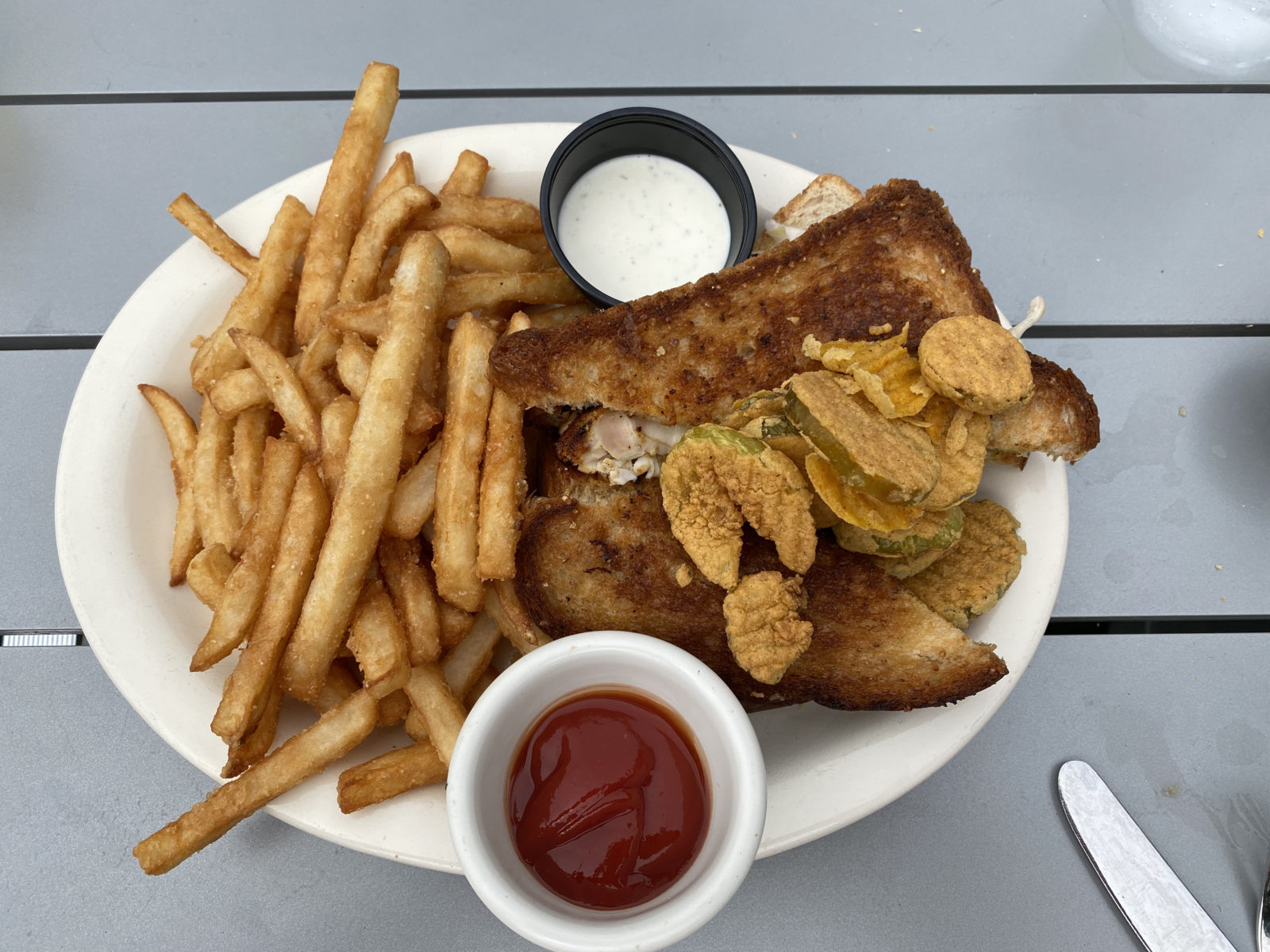
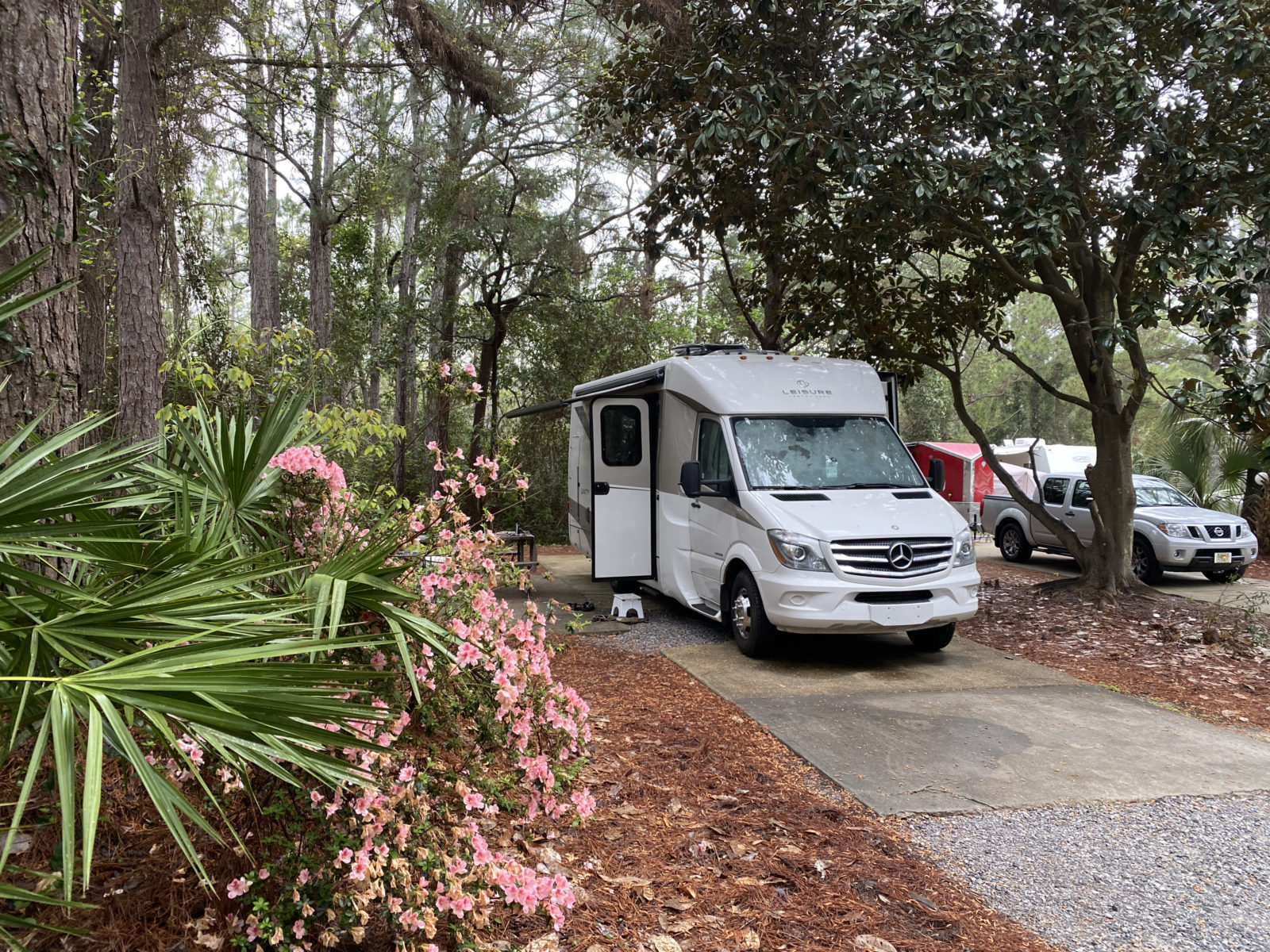
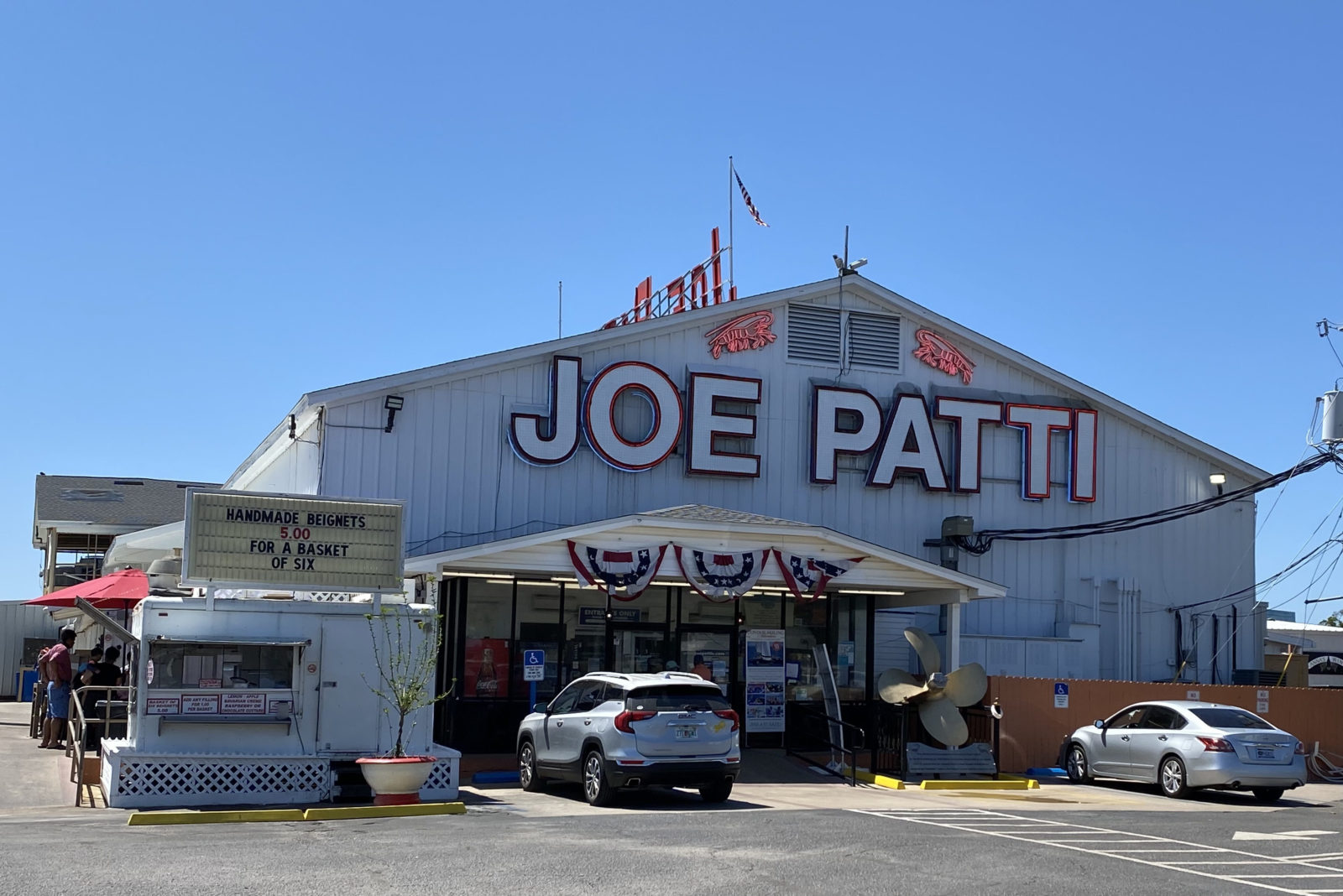
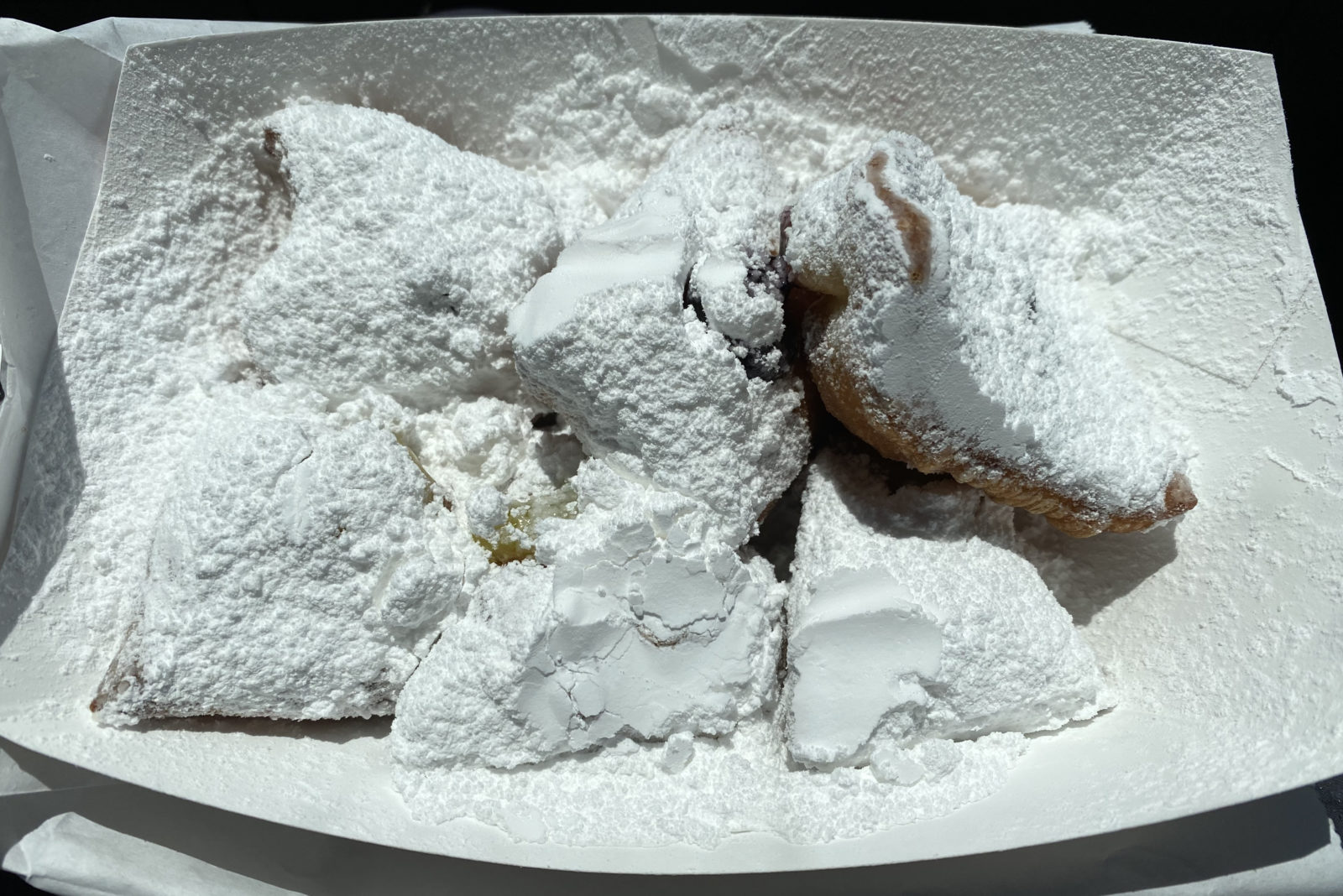
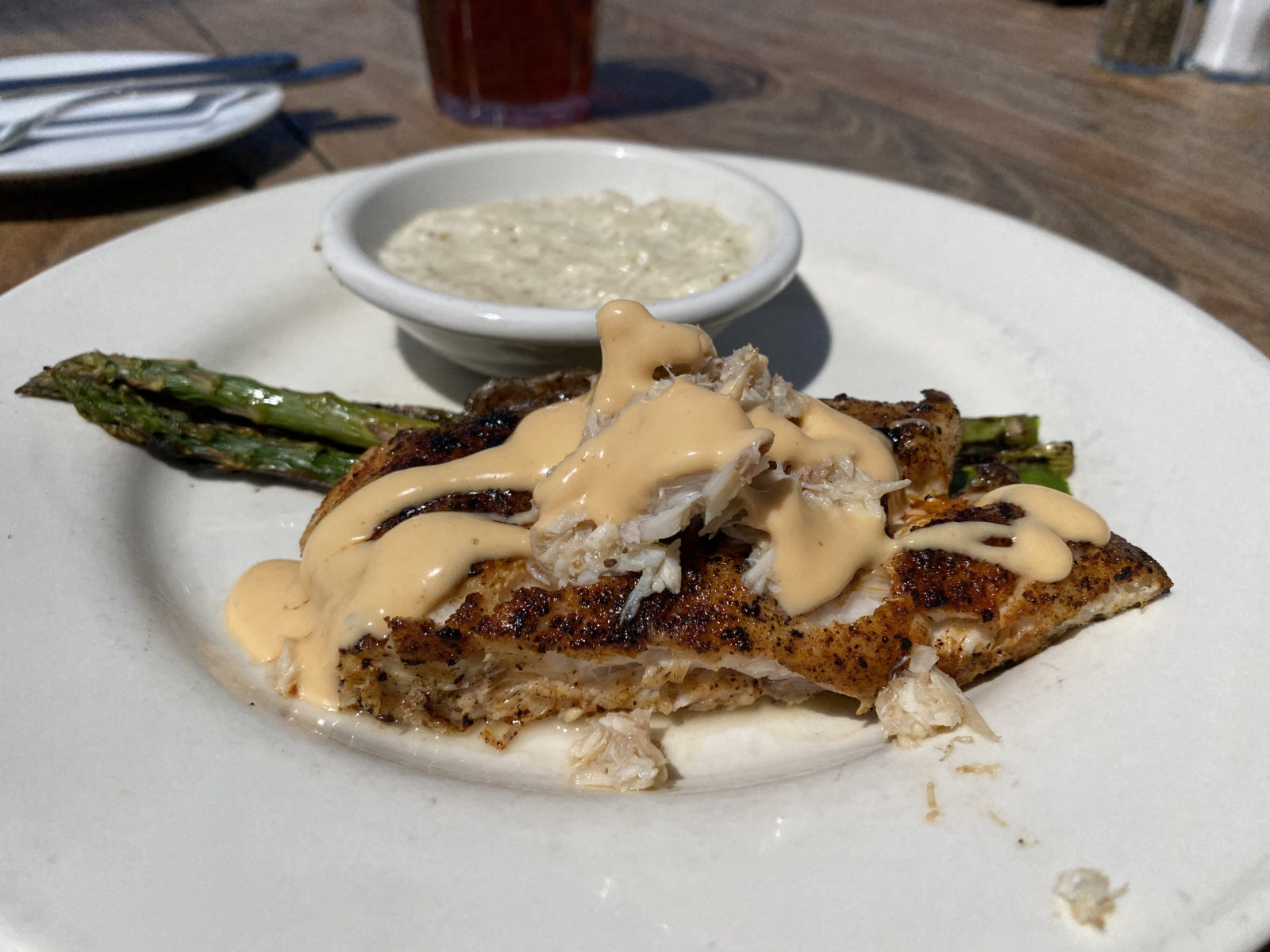
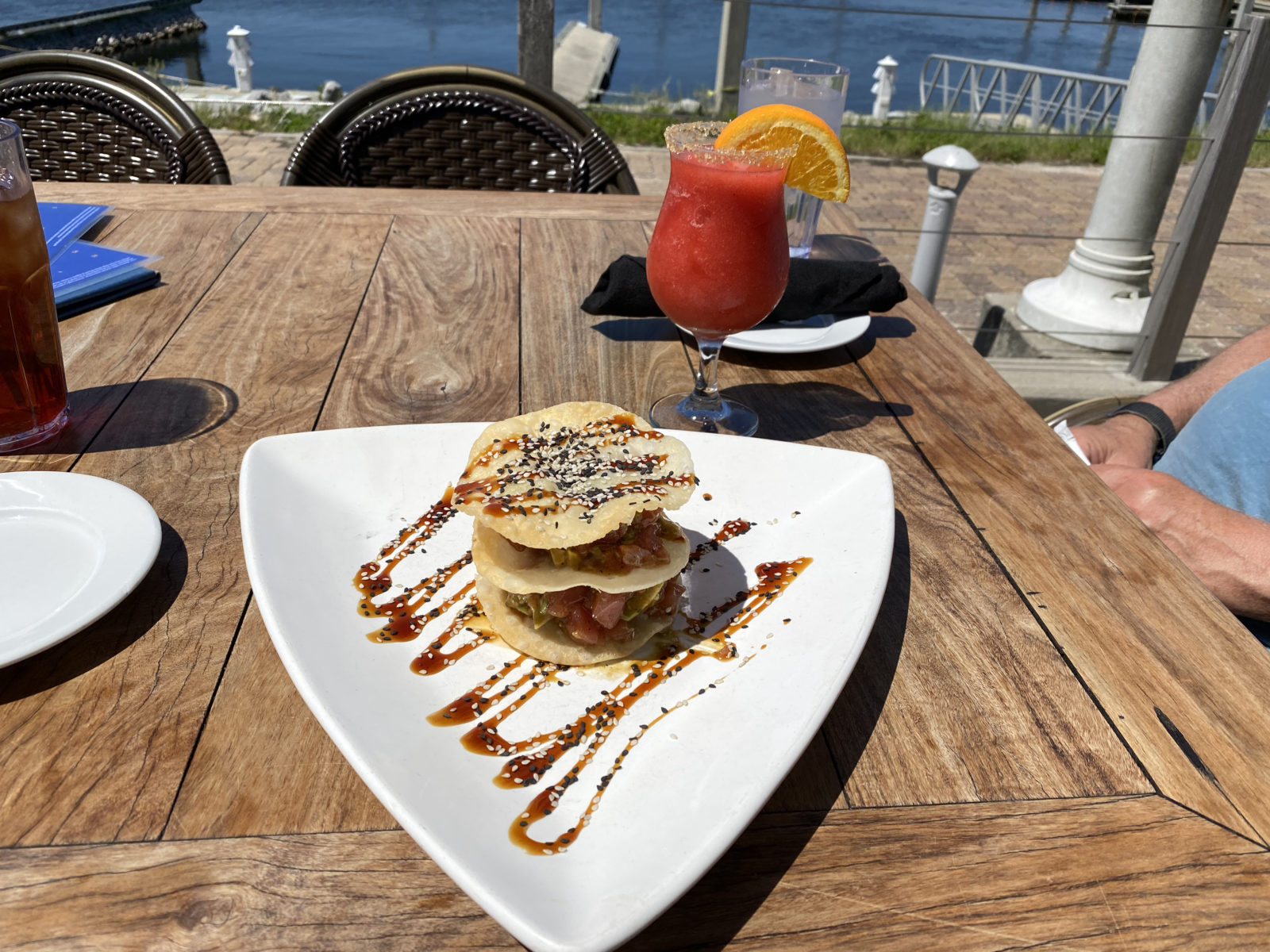
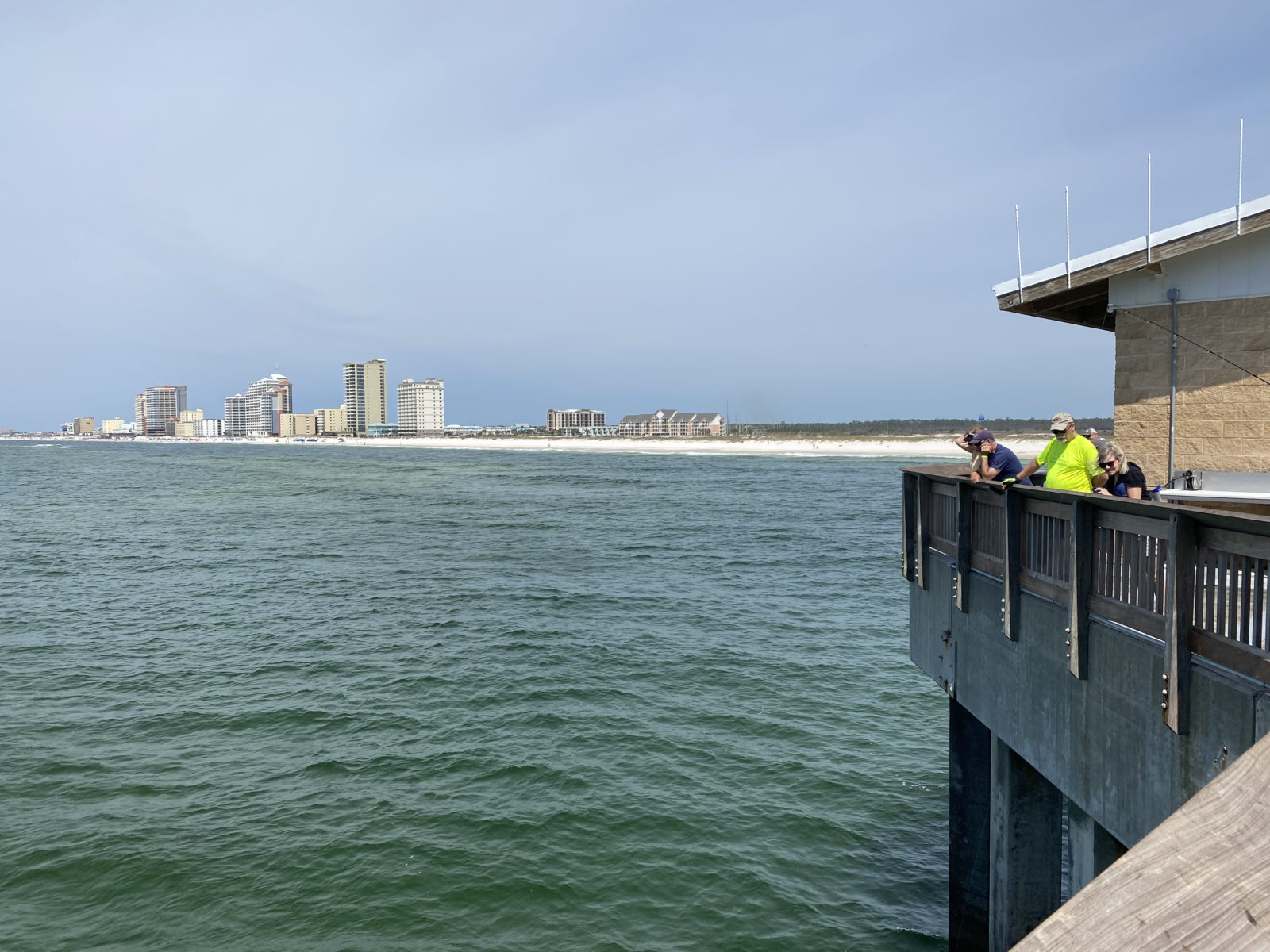
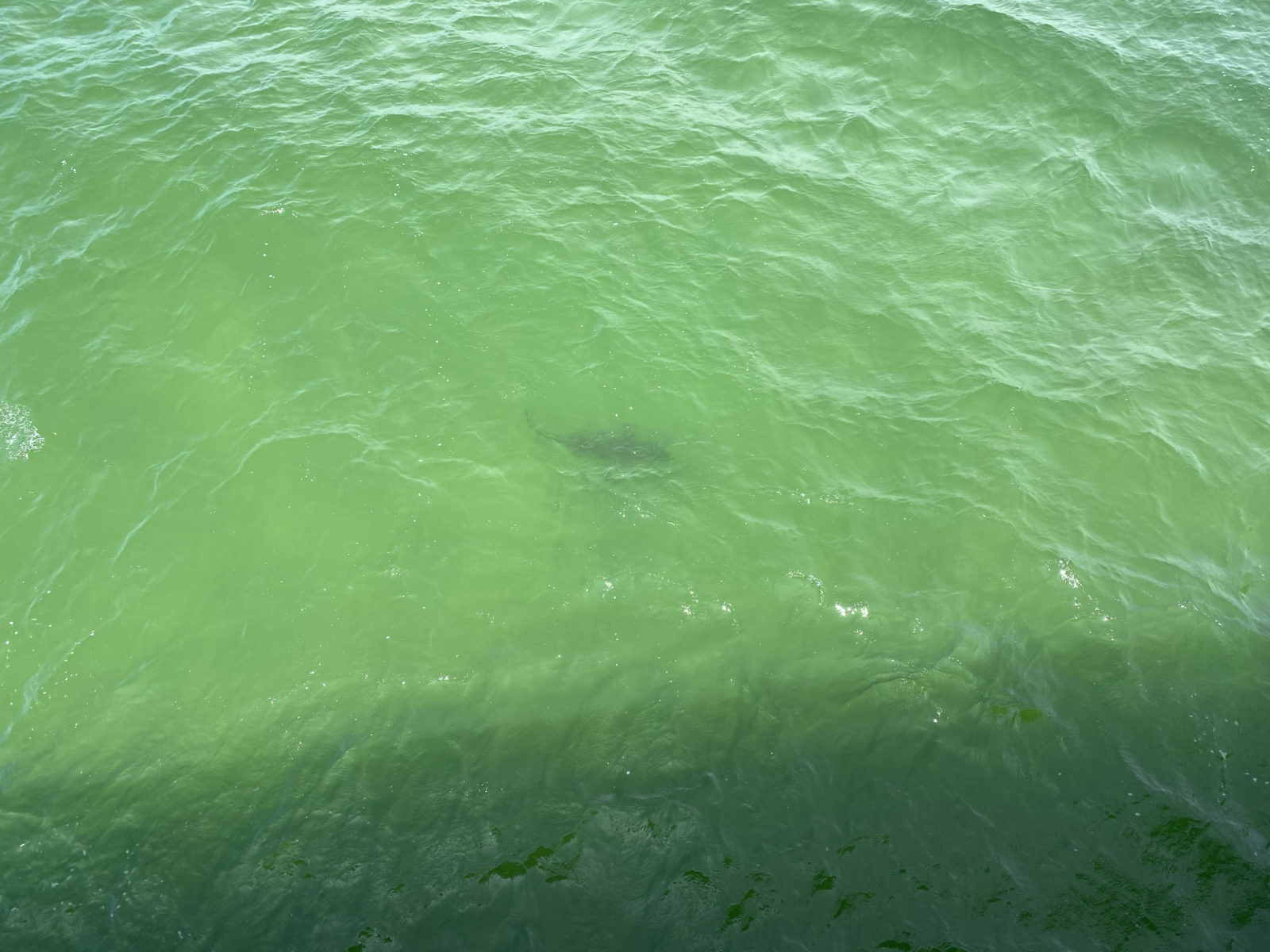


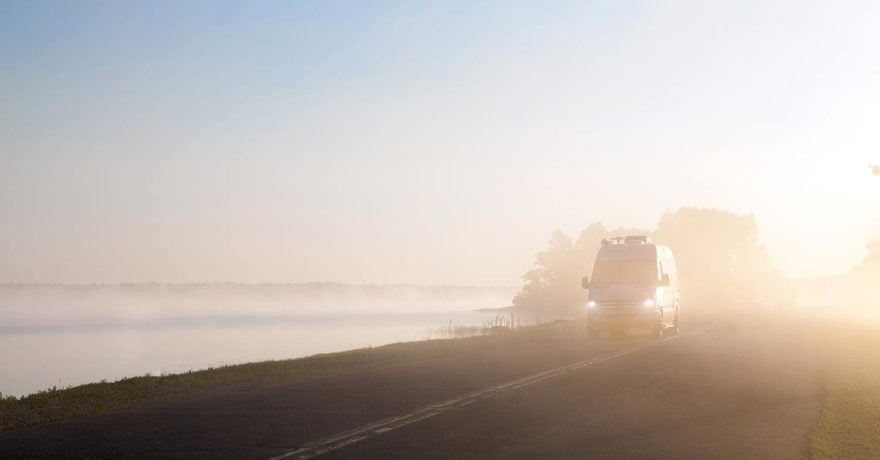
Comments